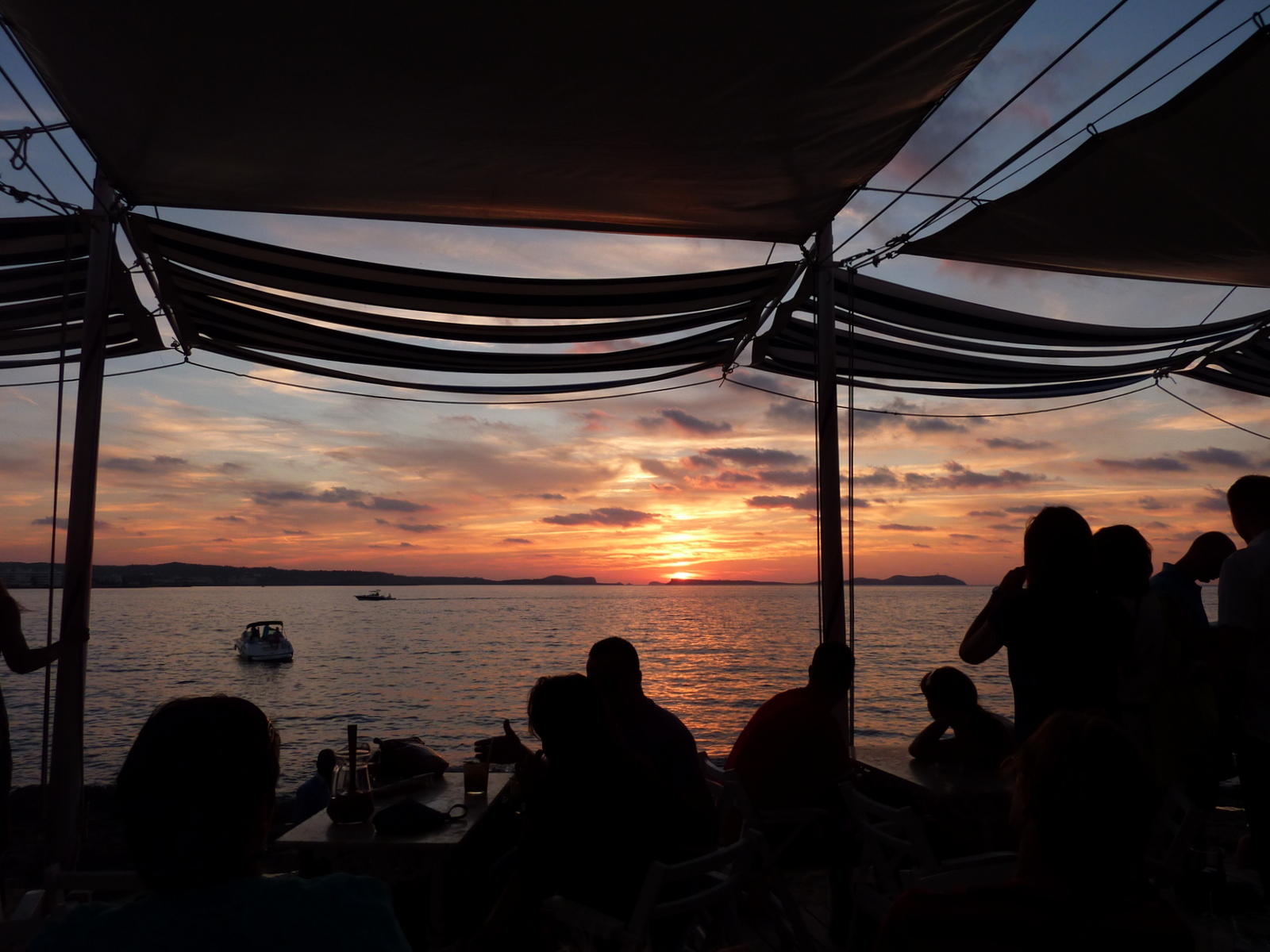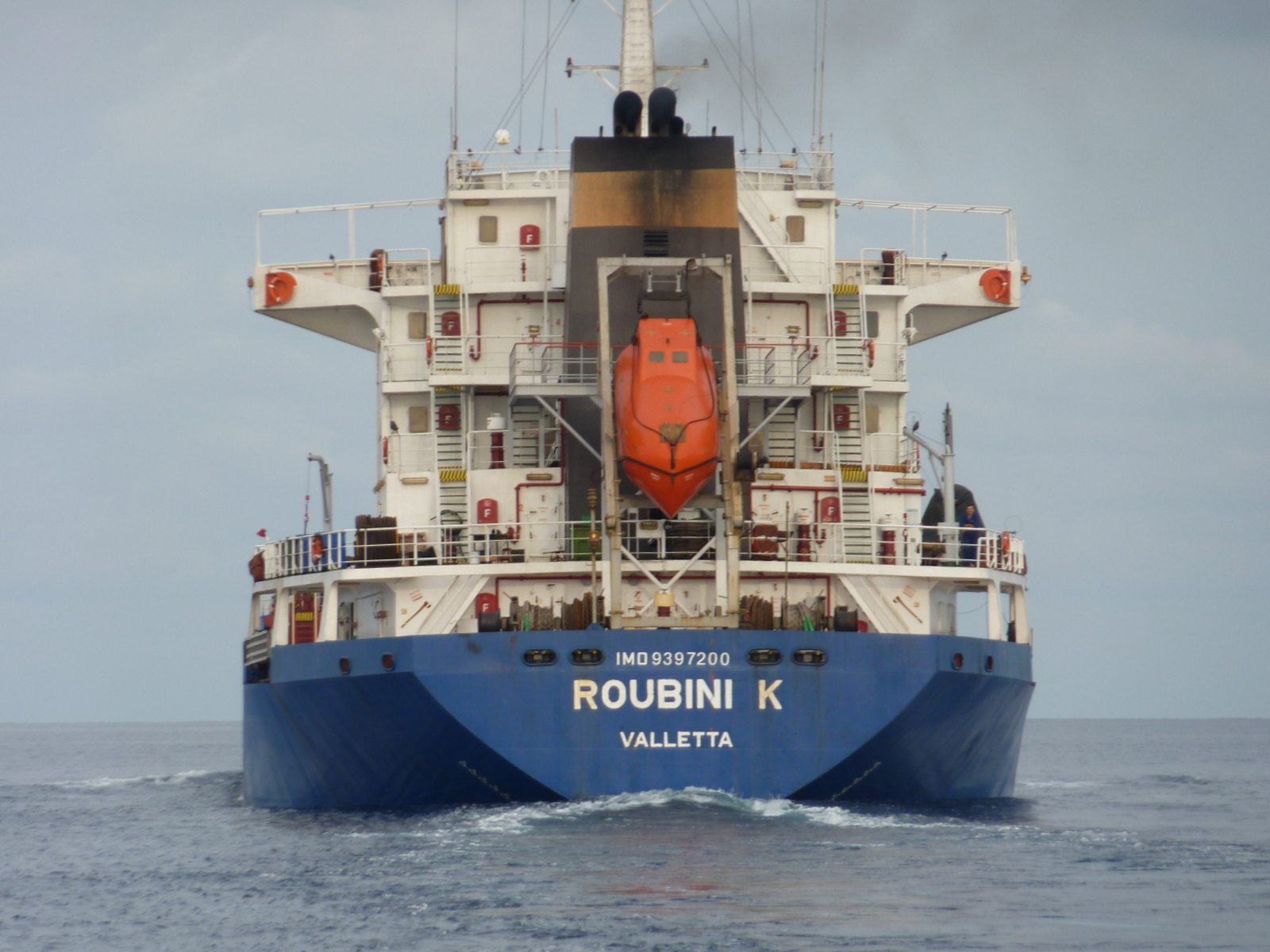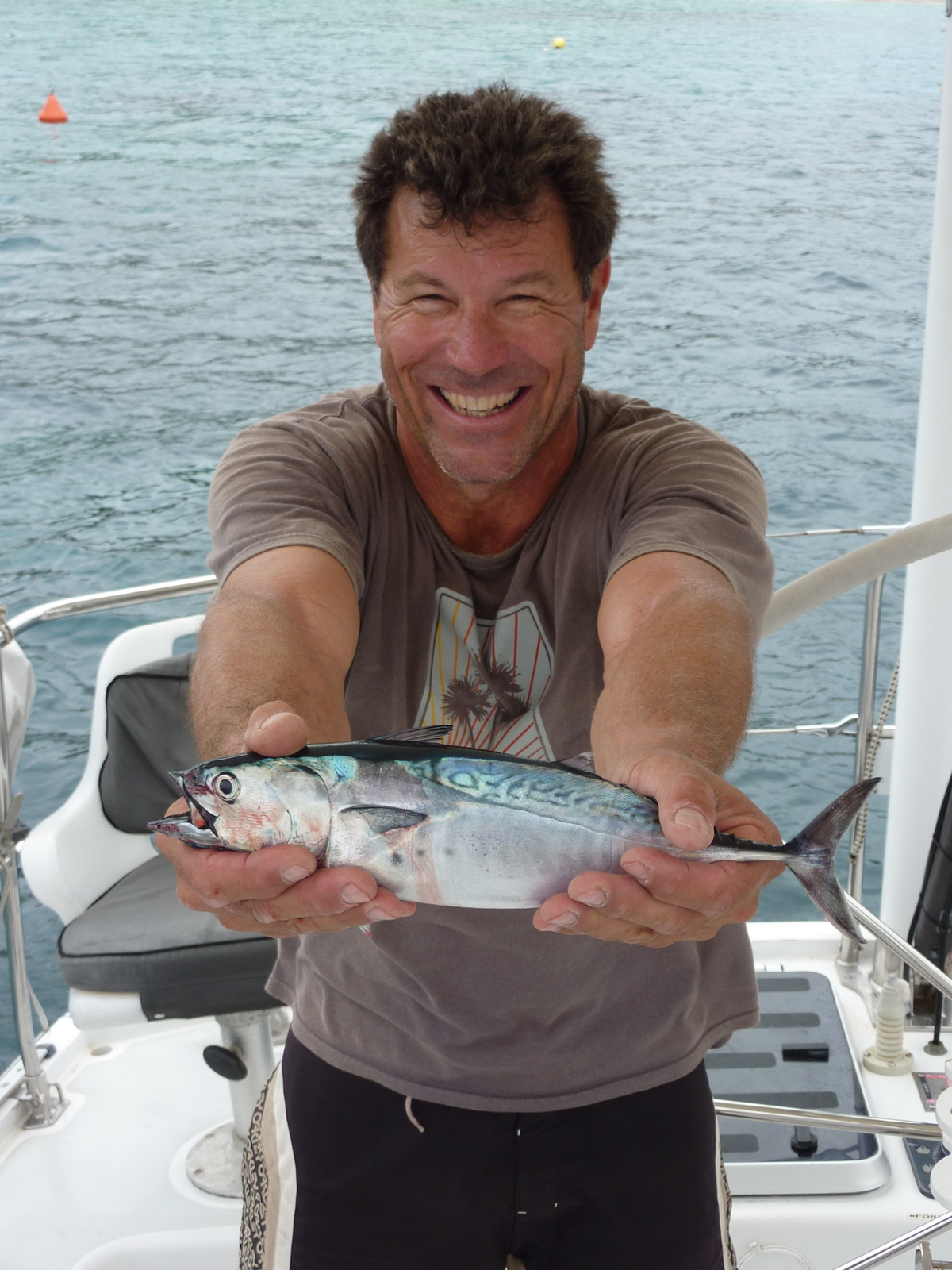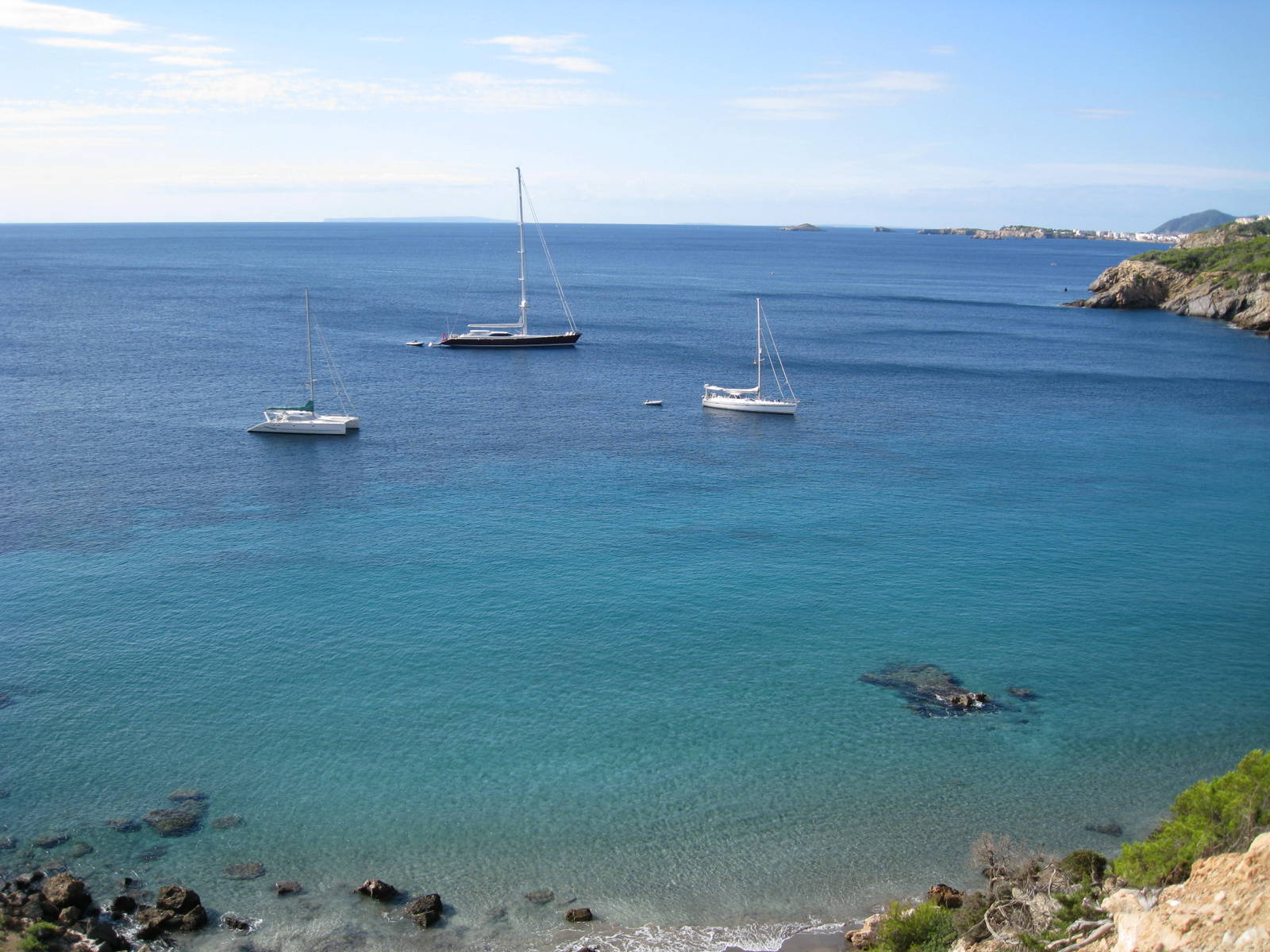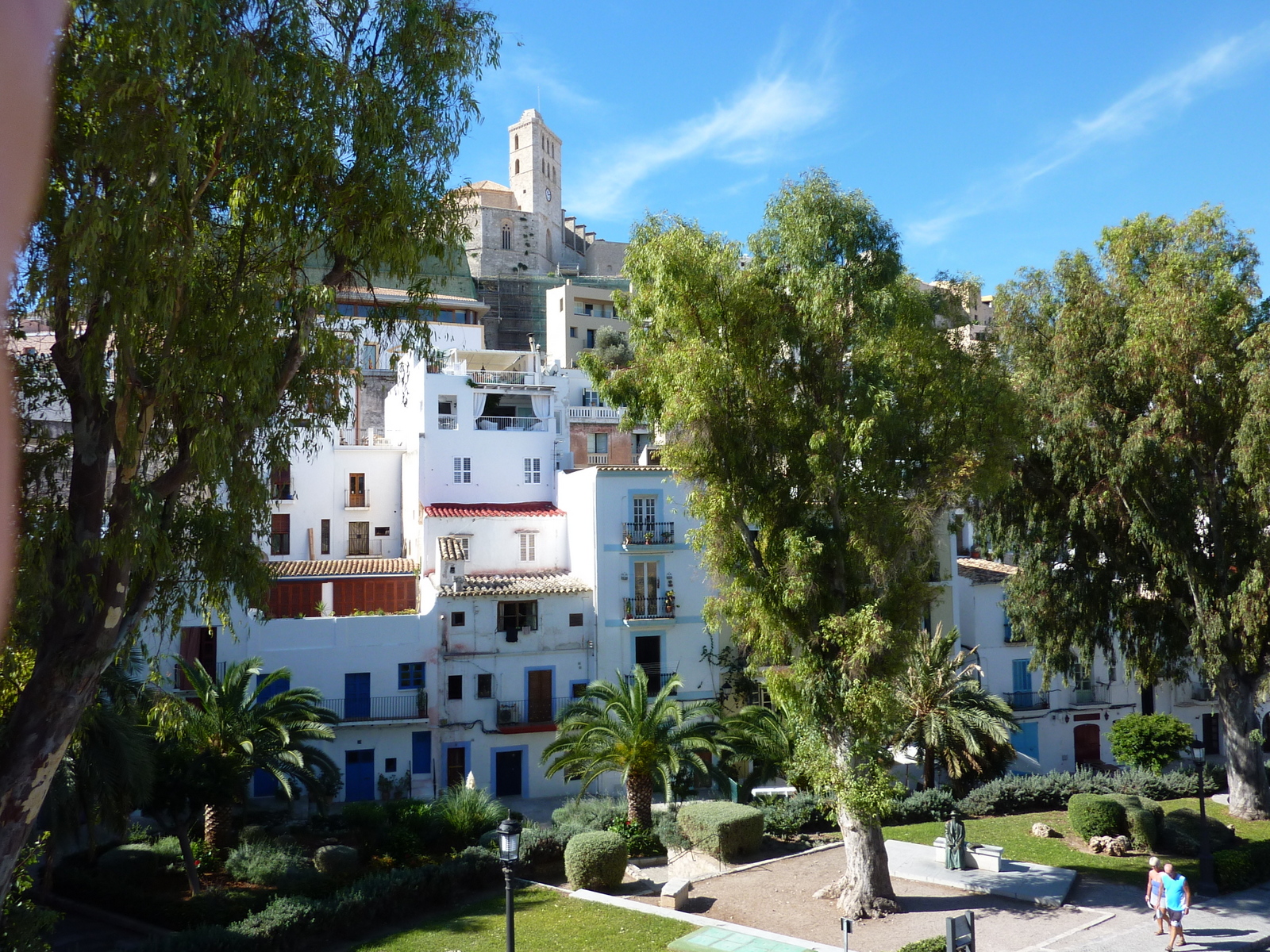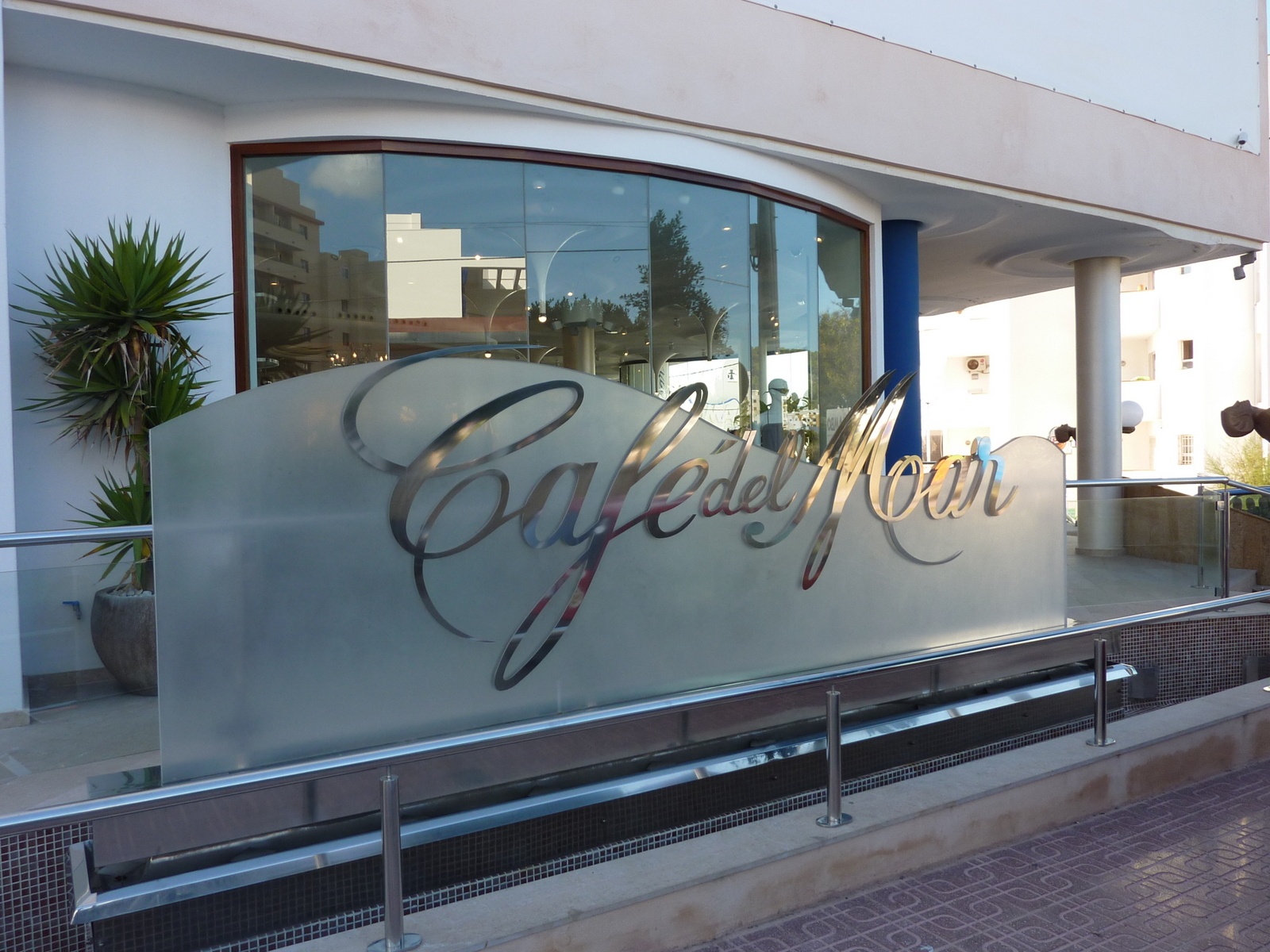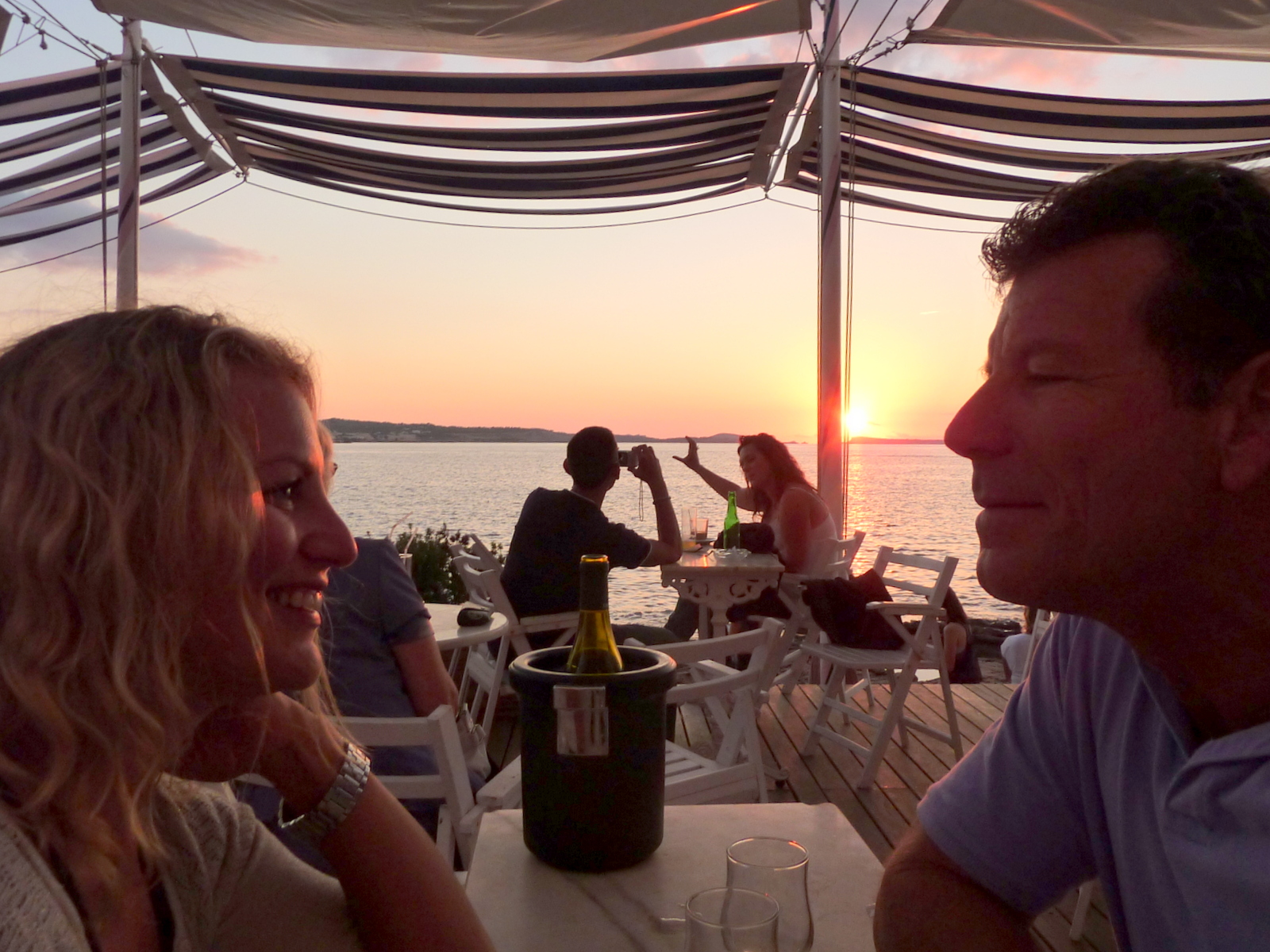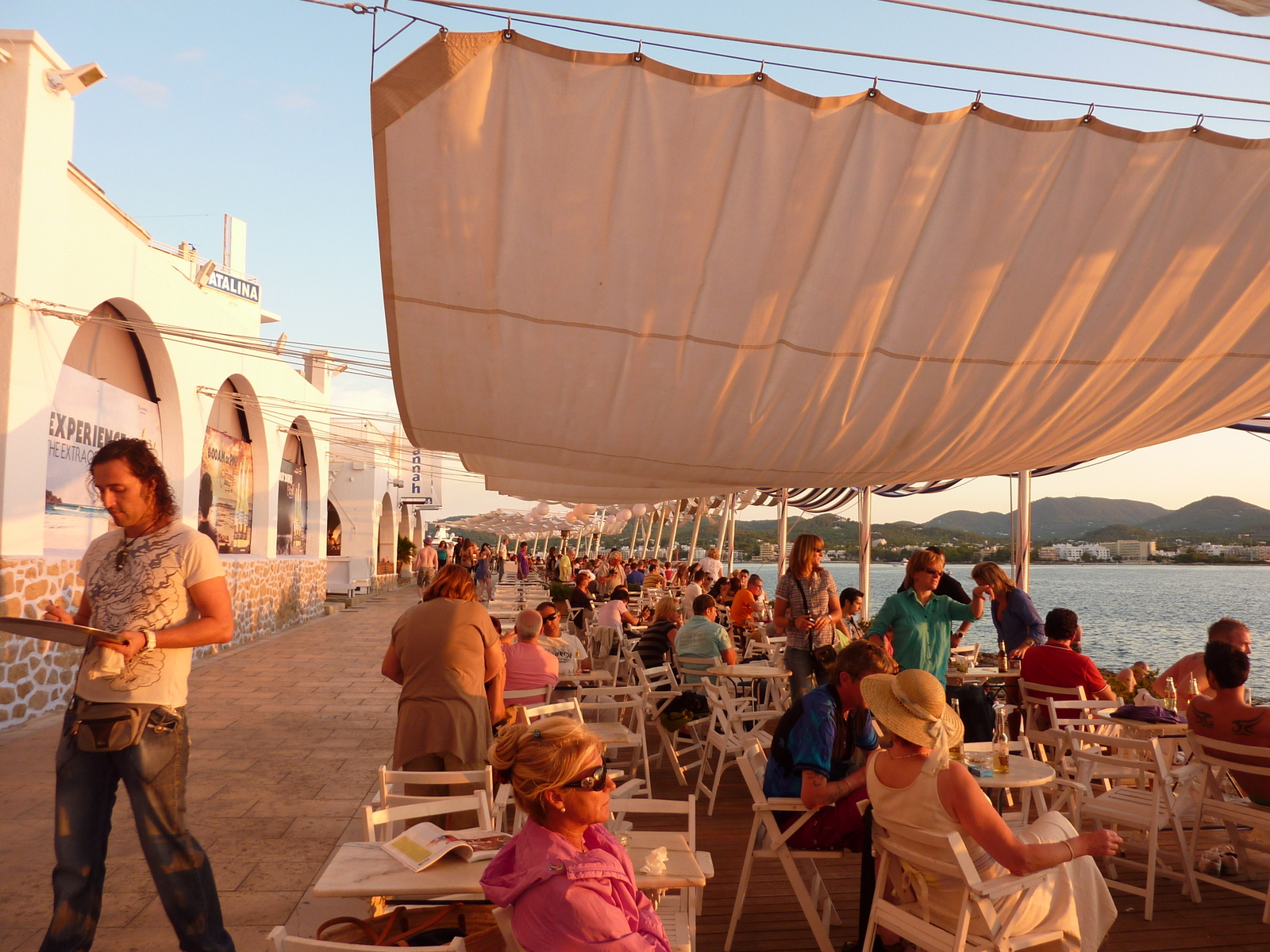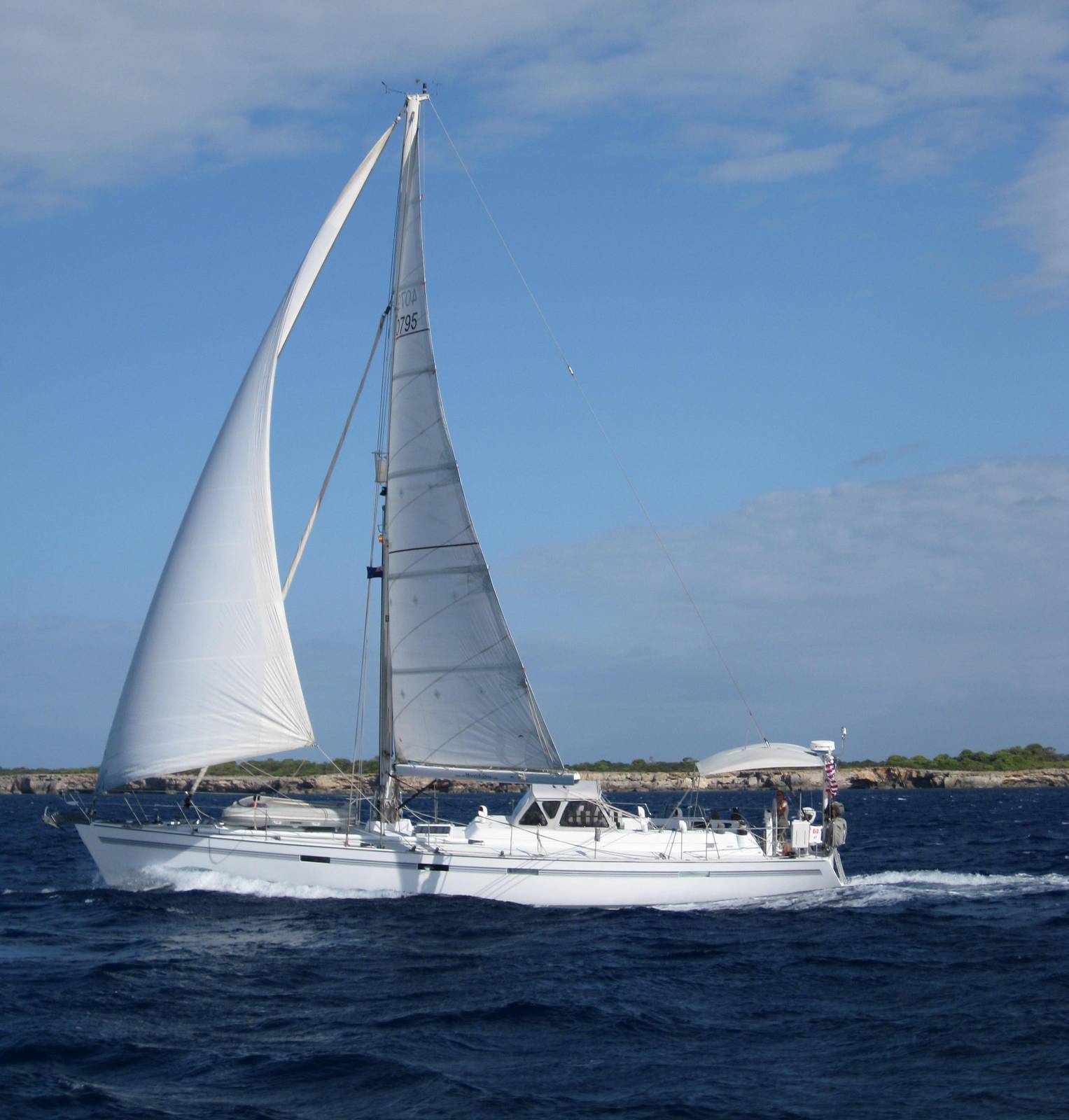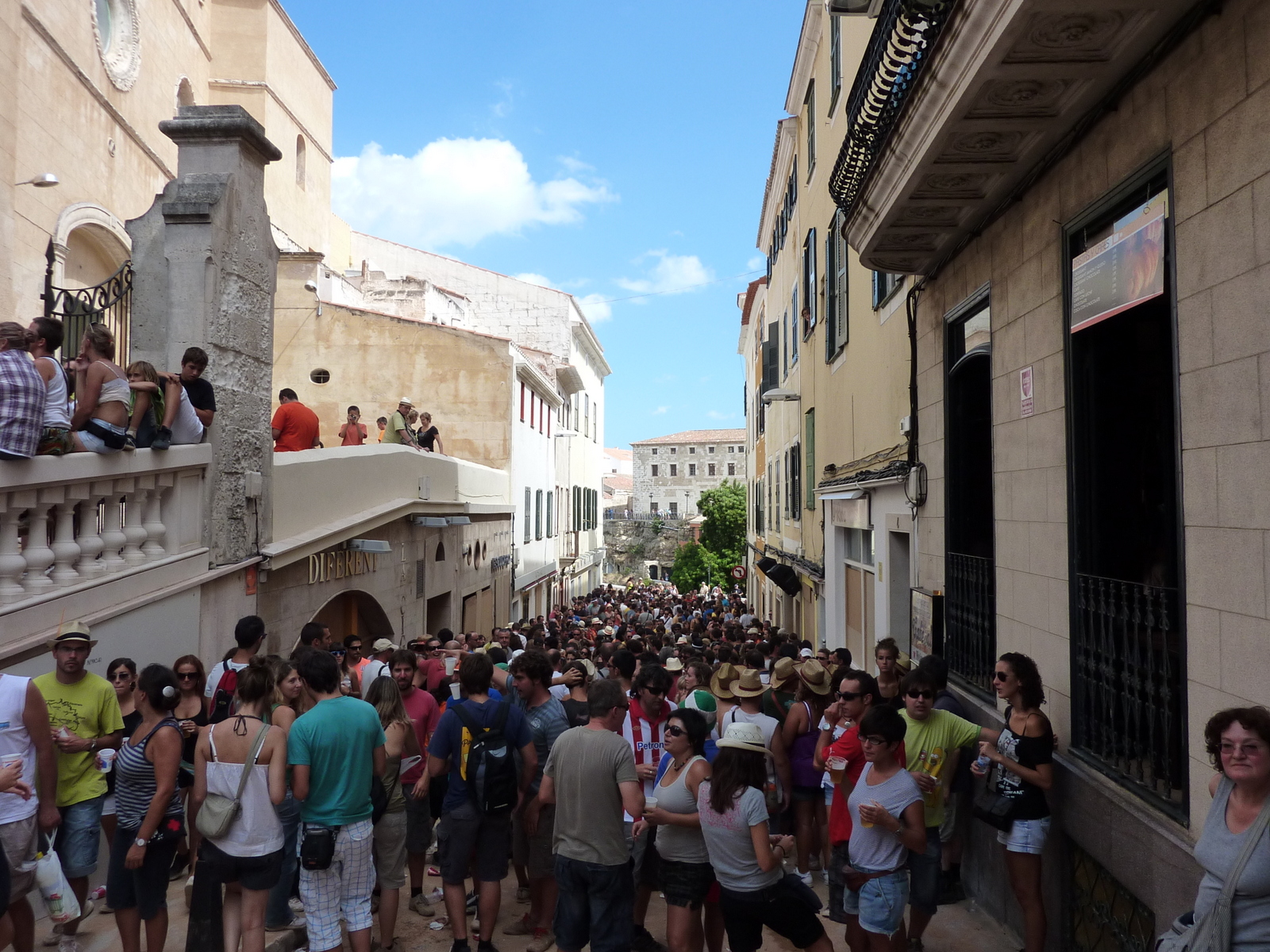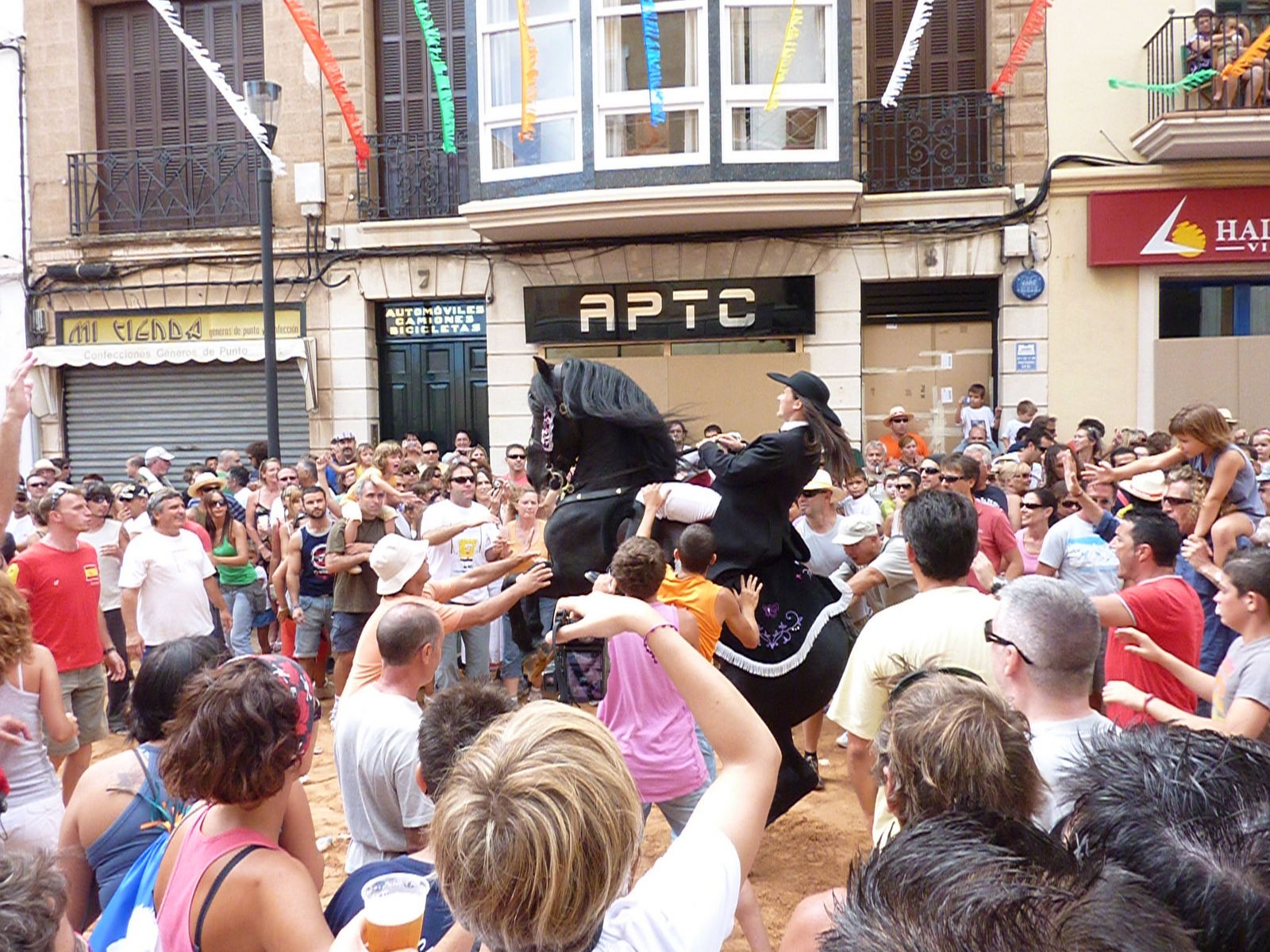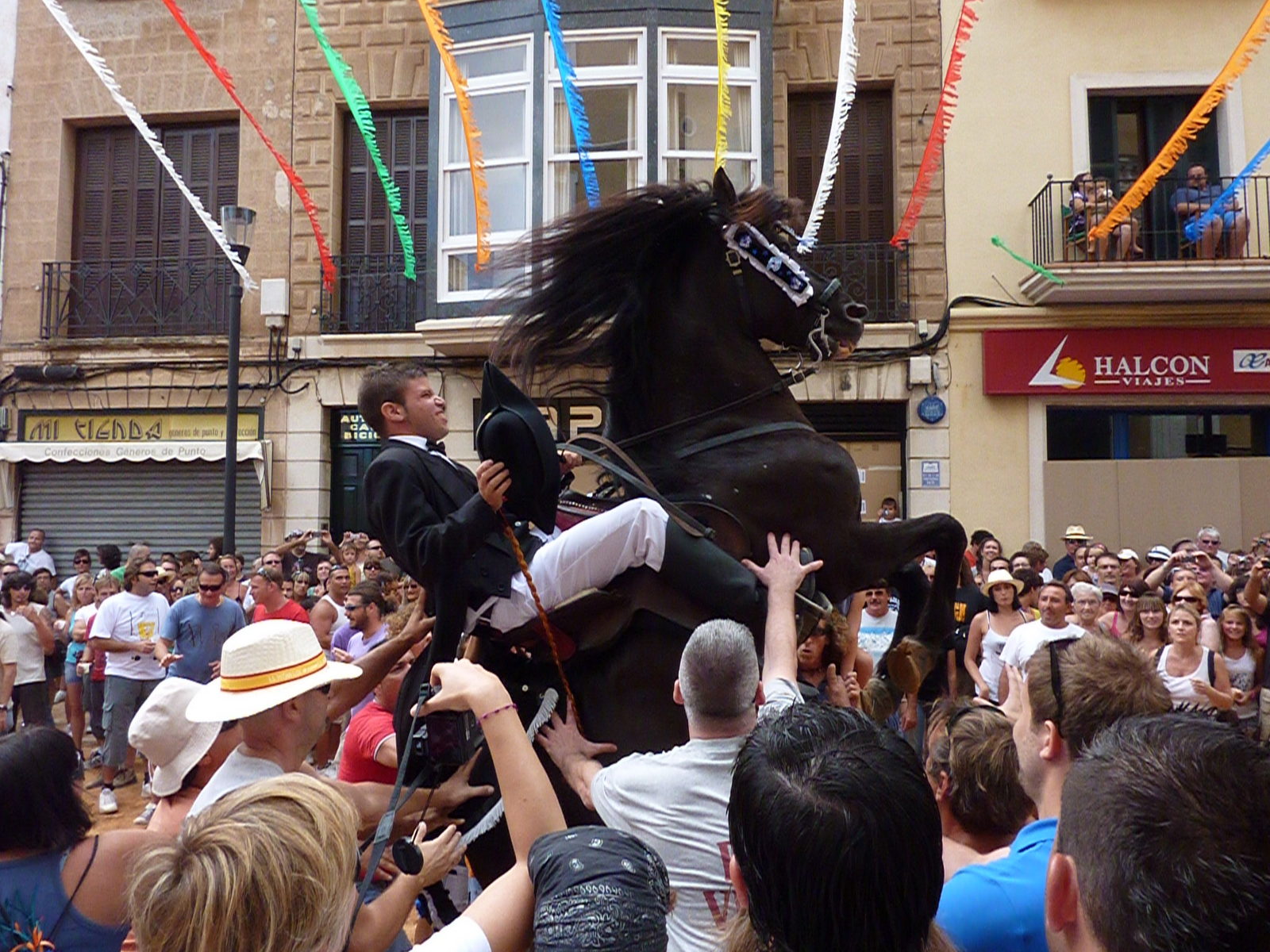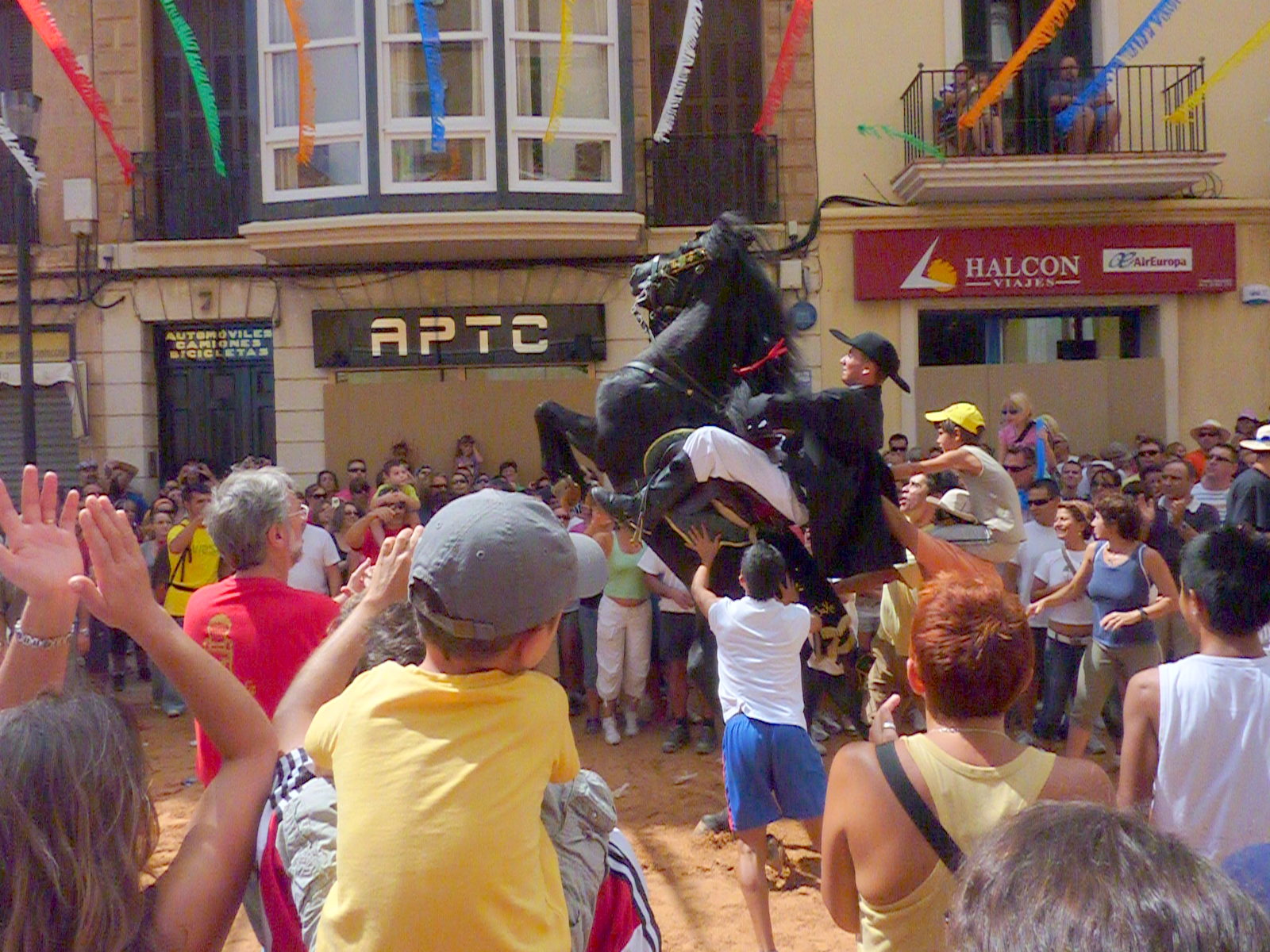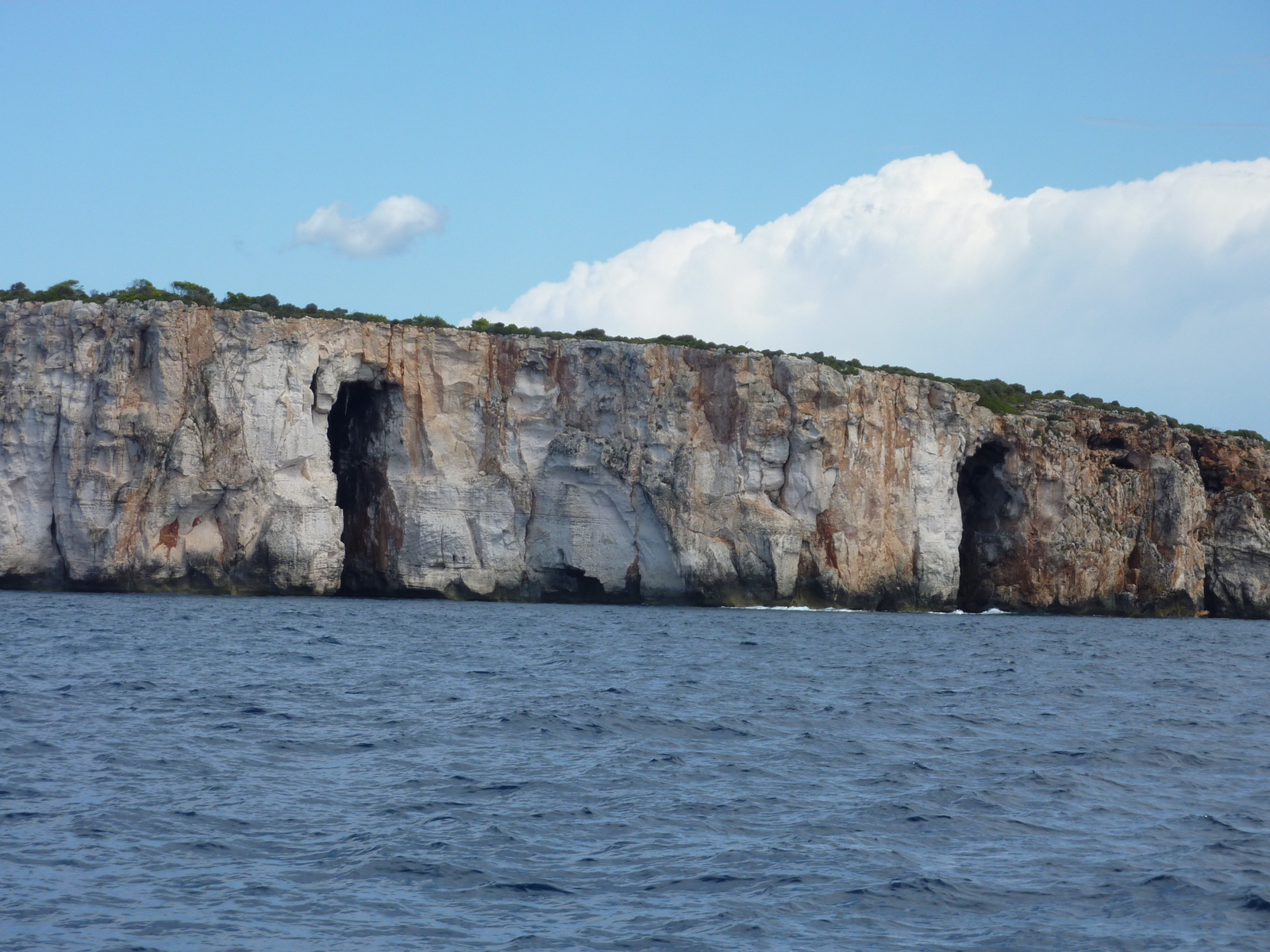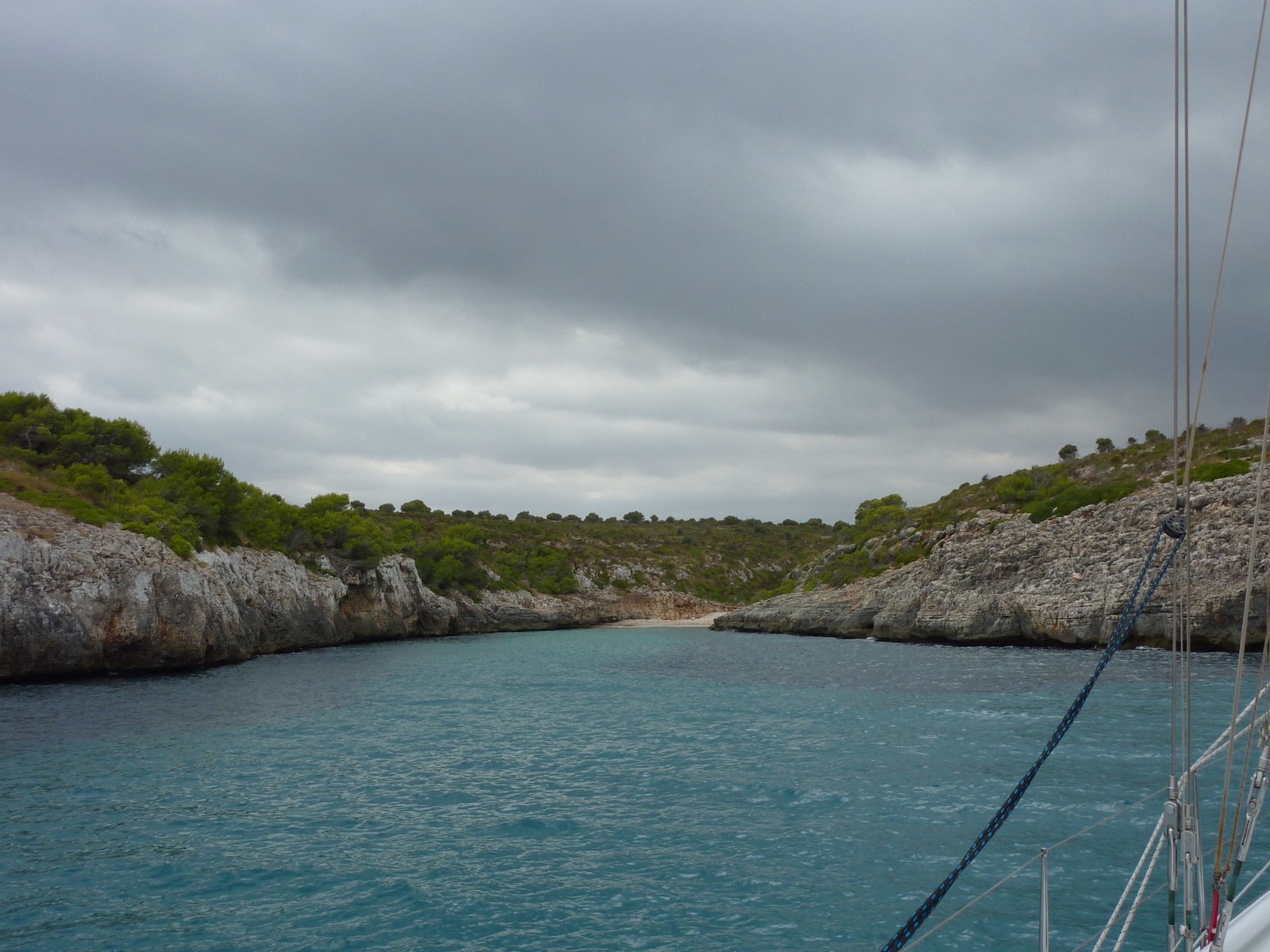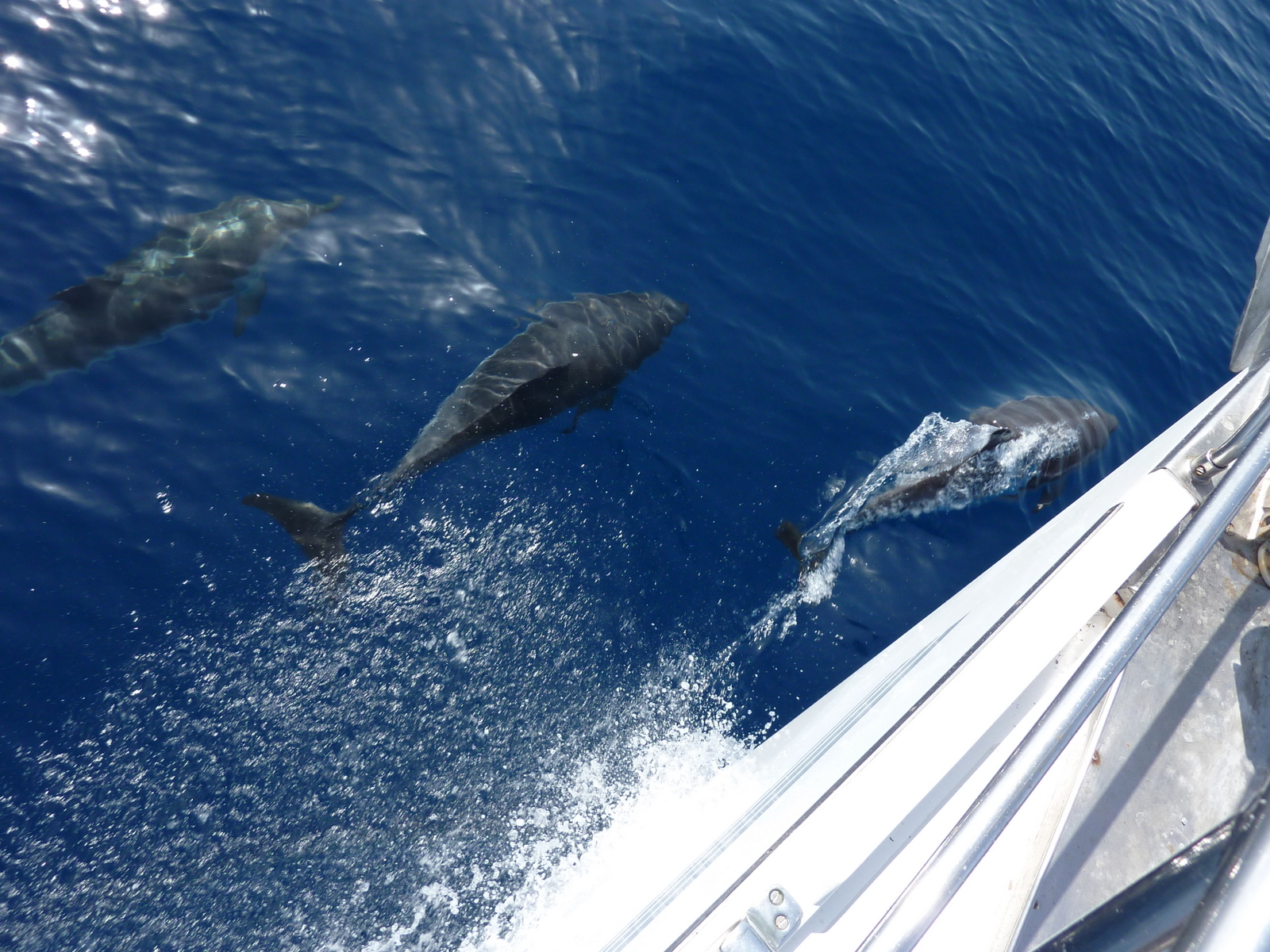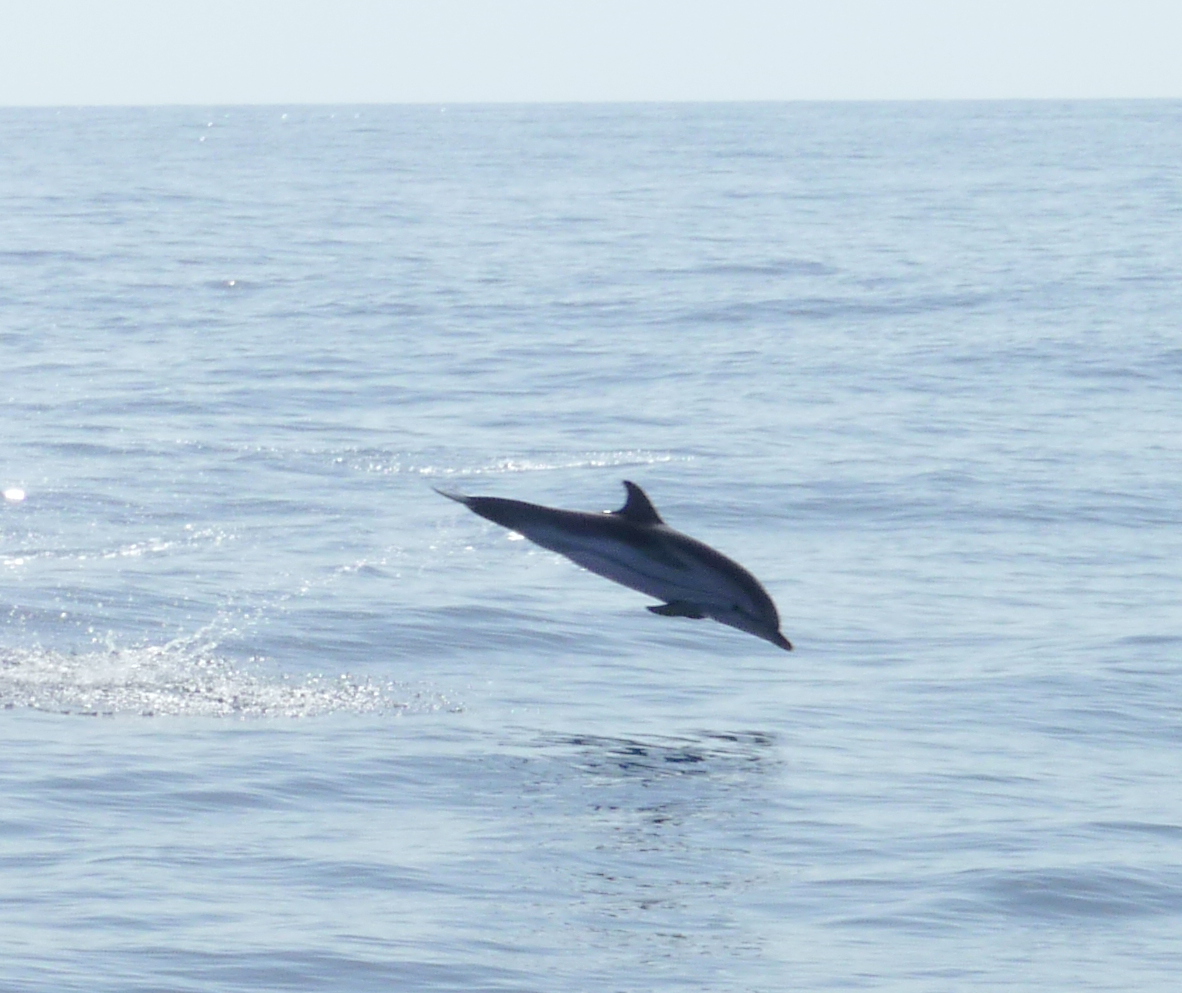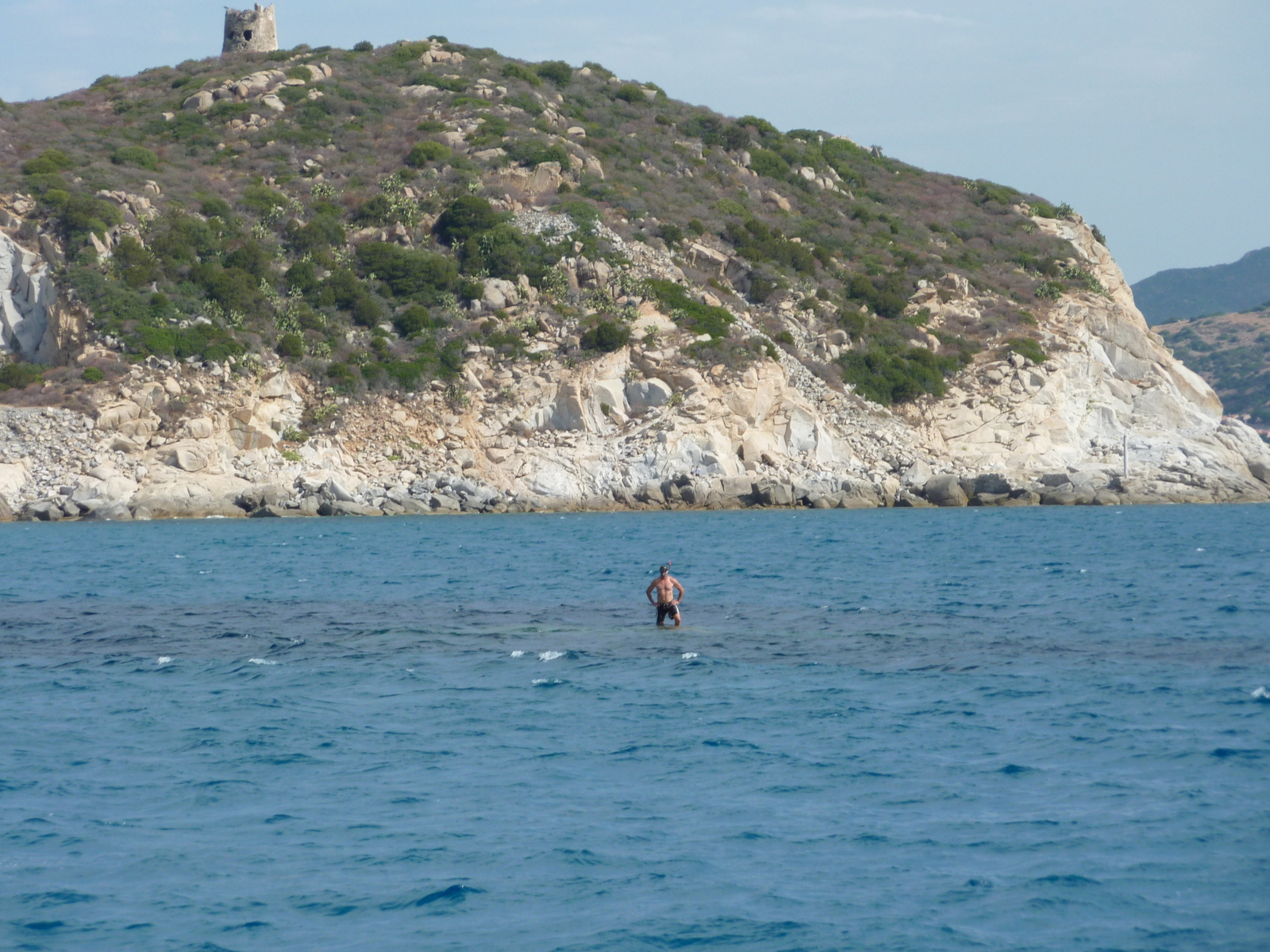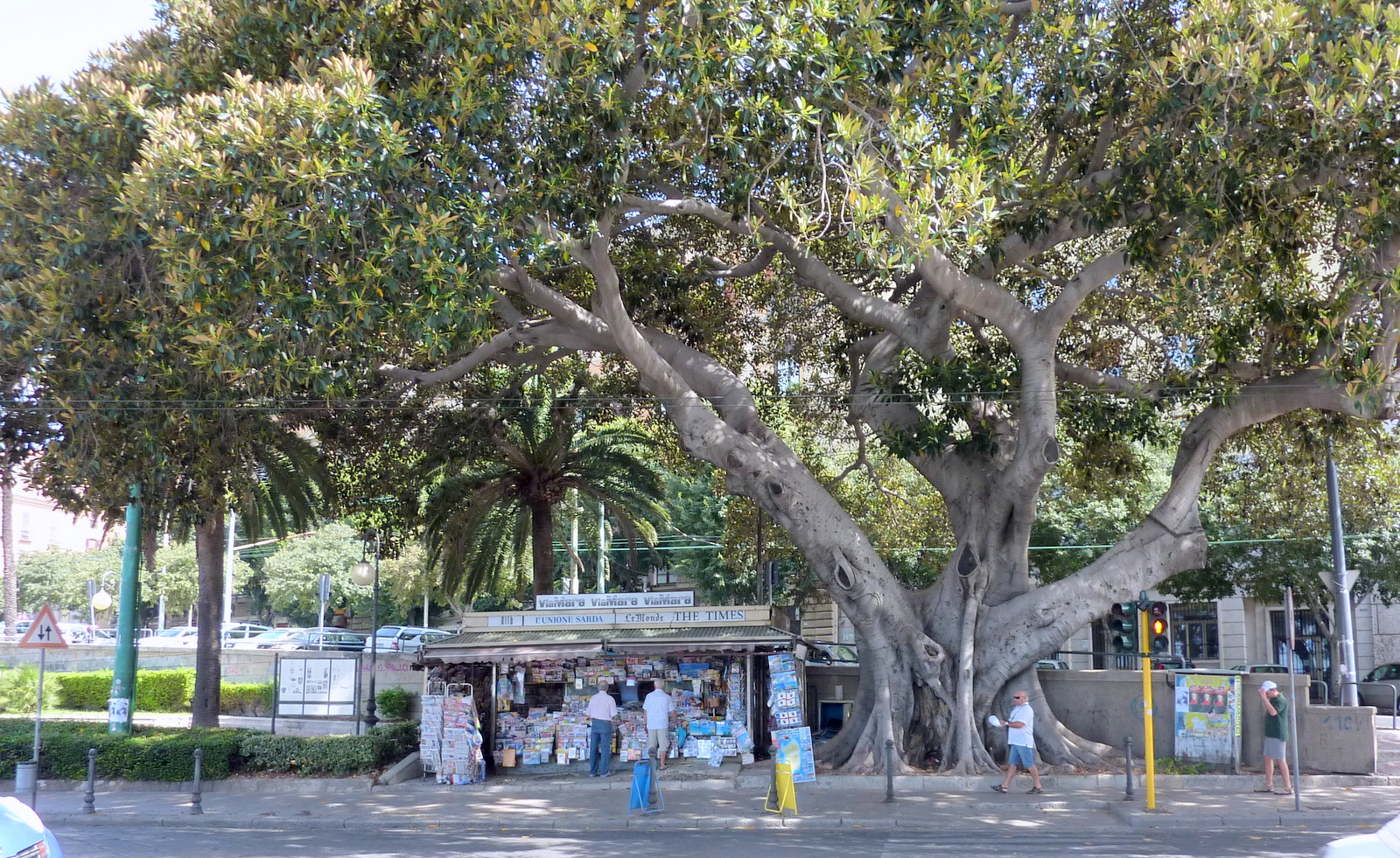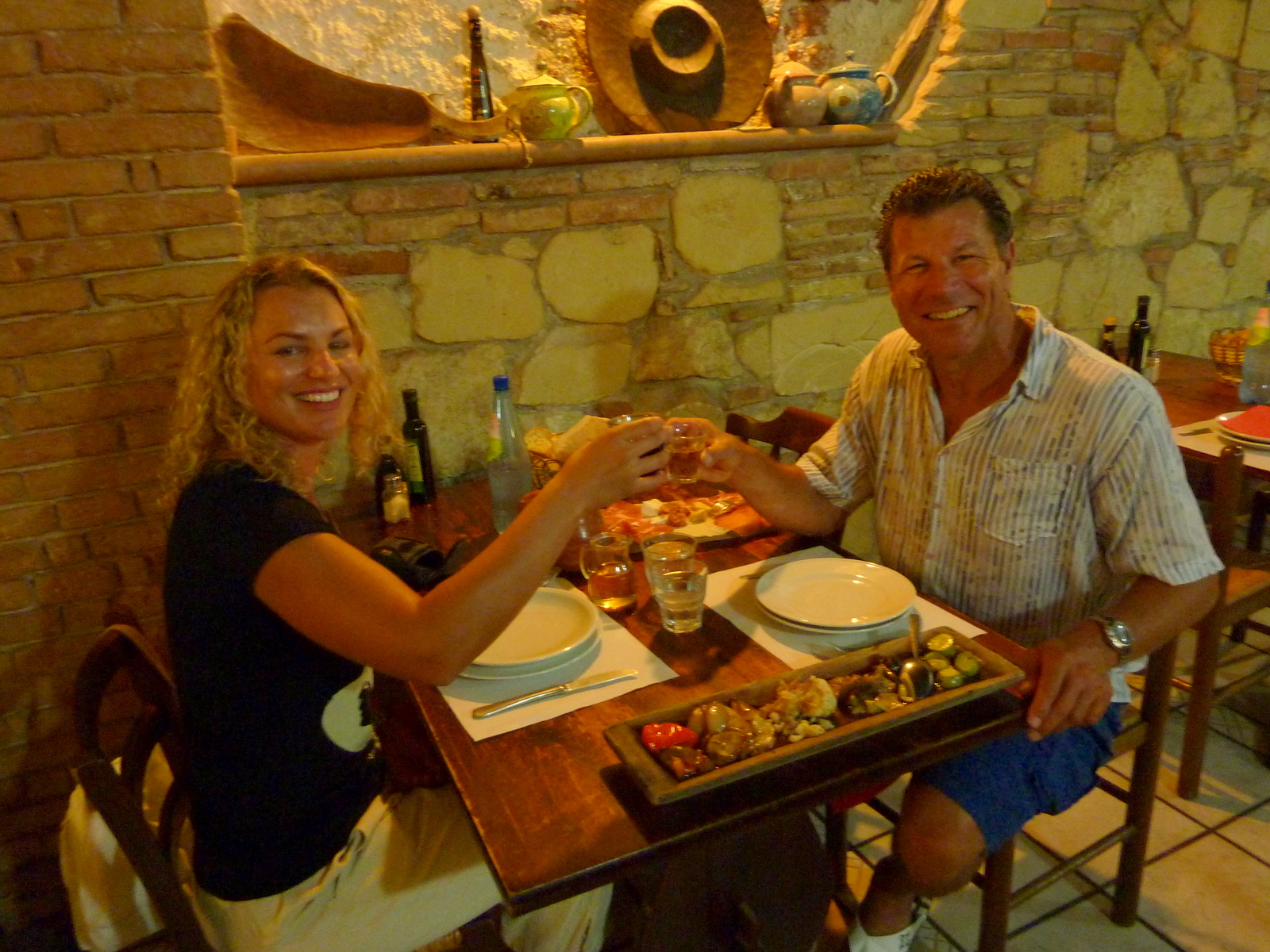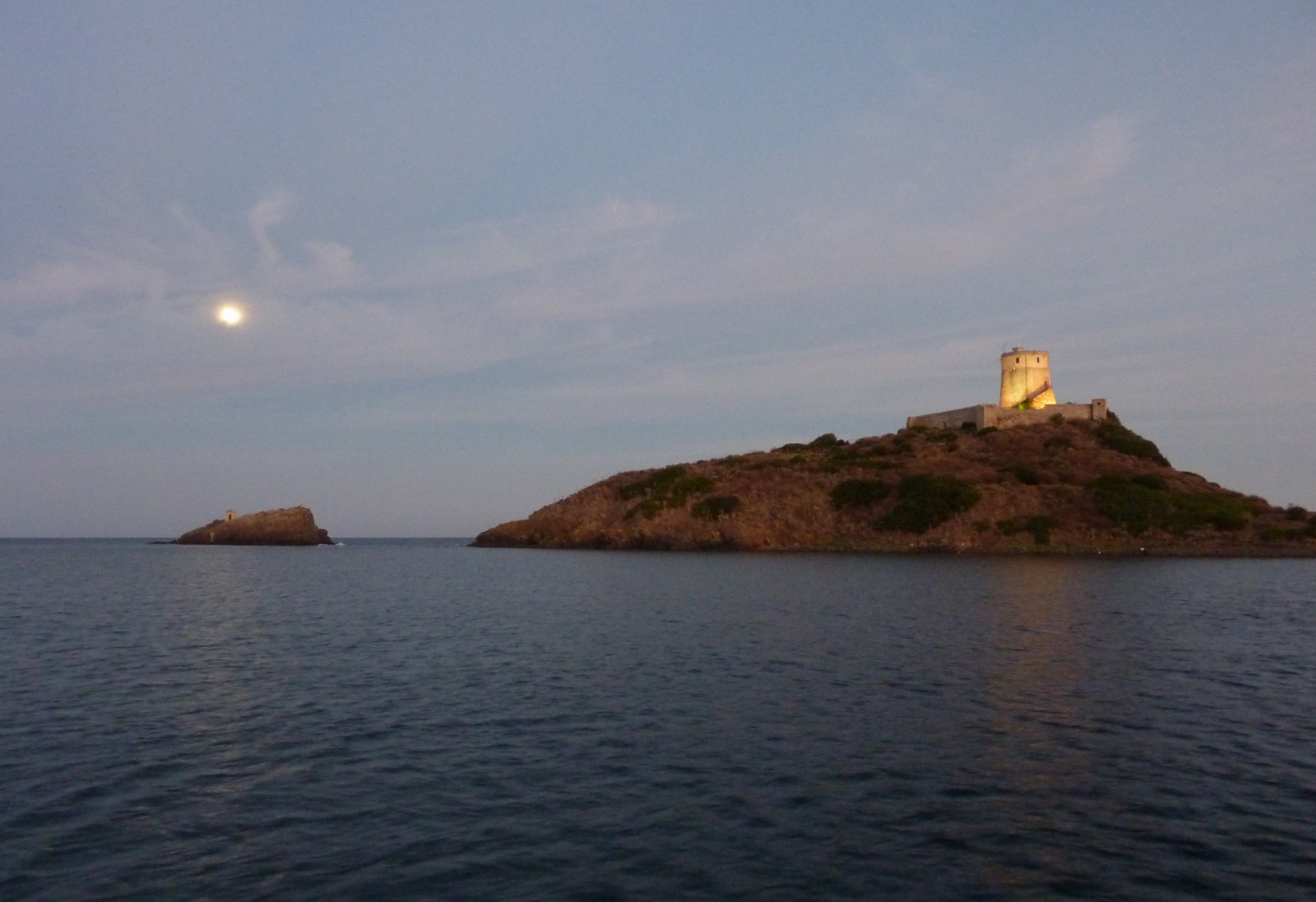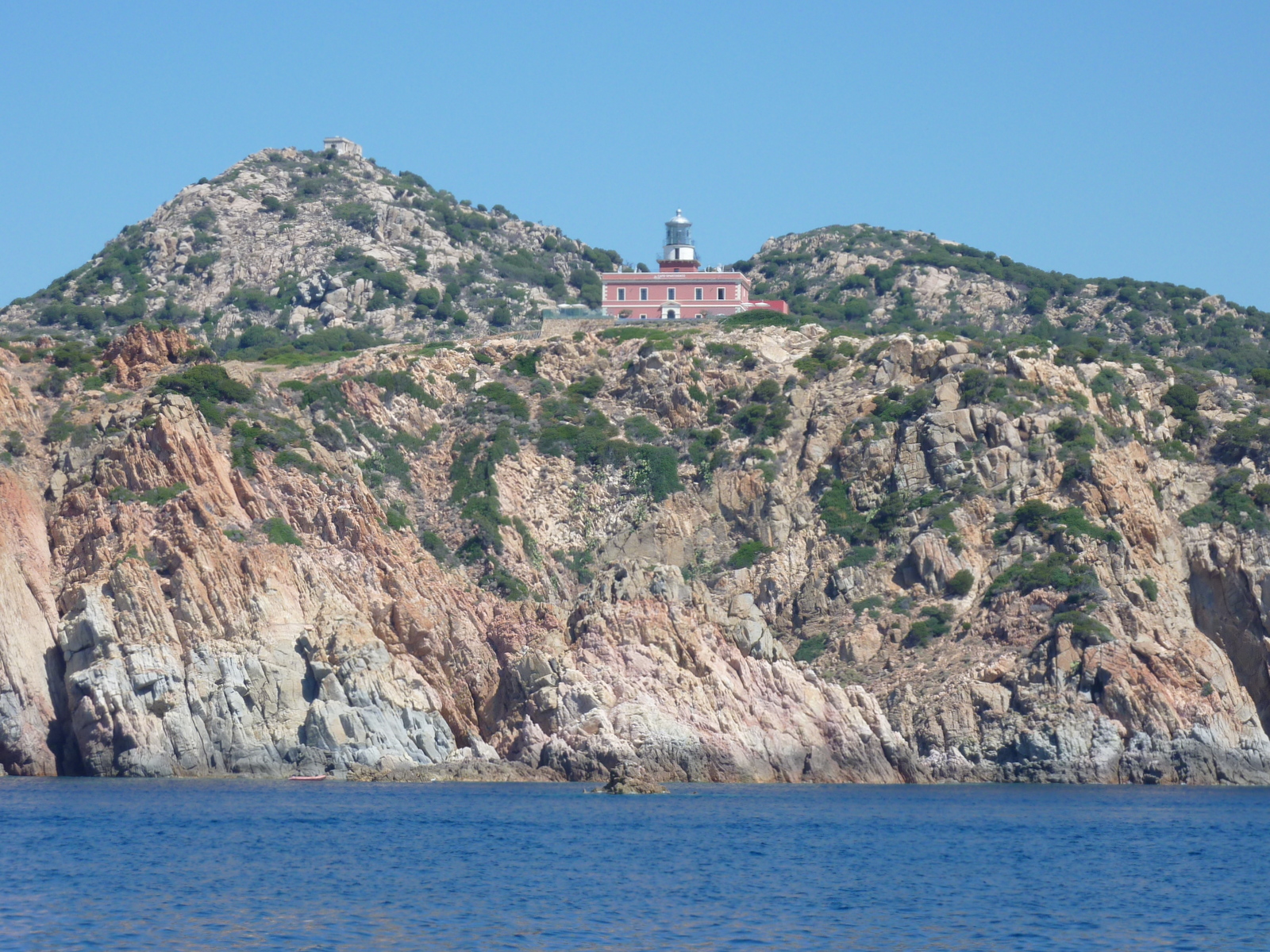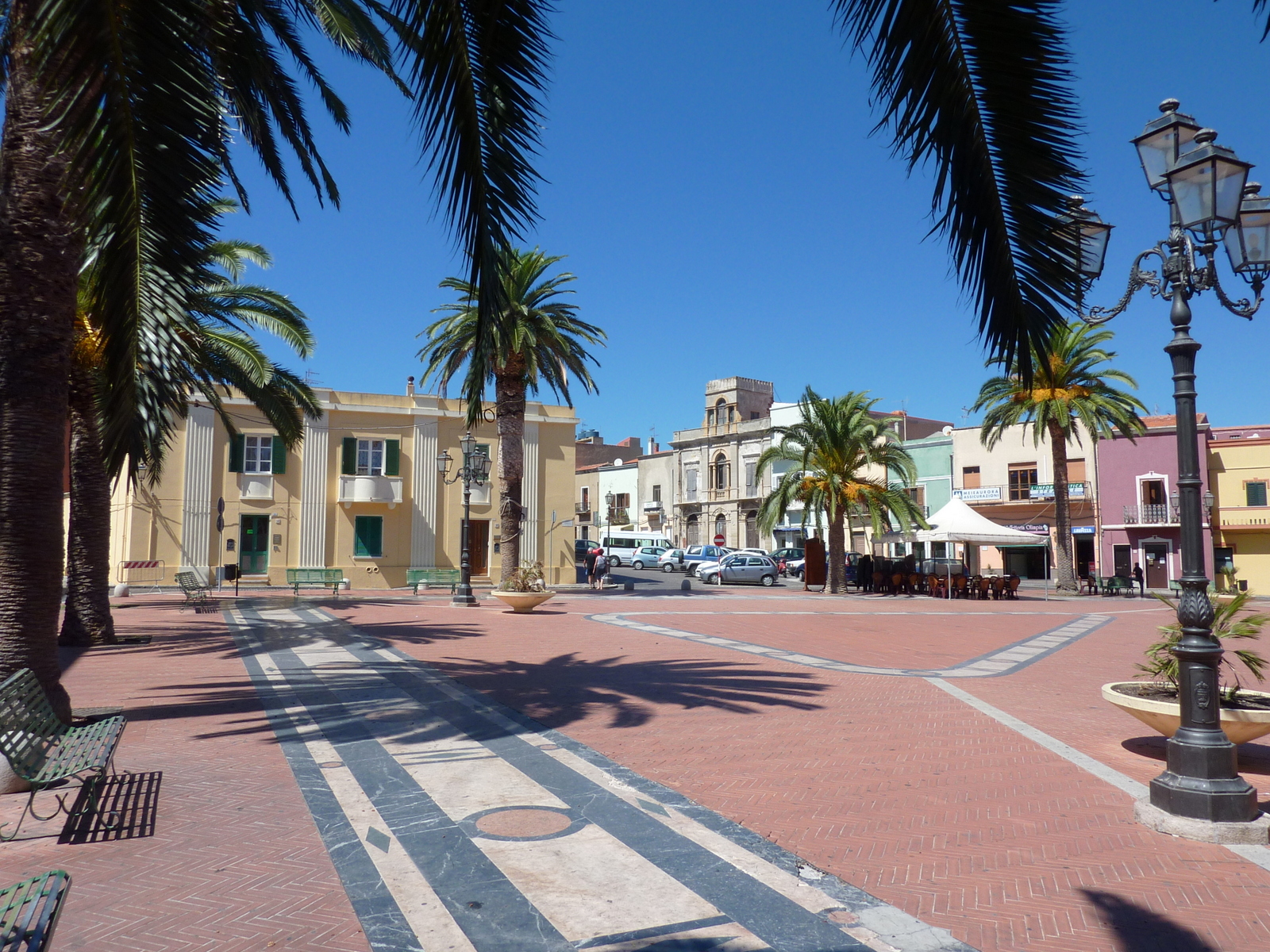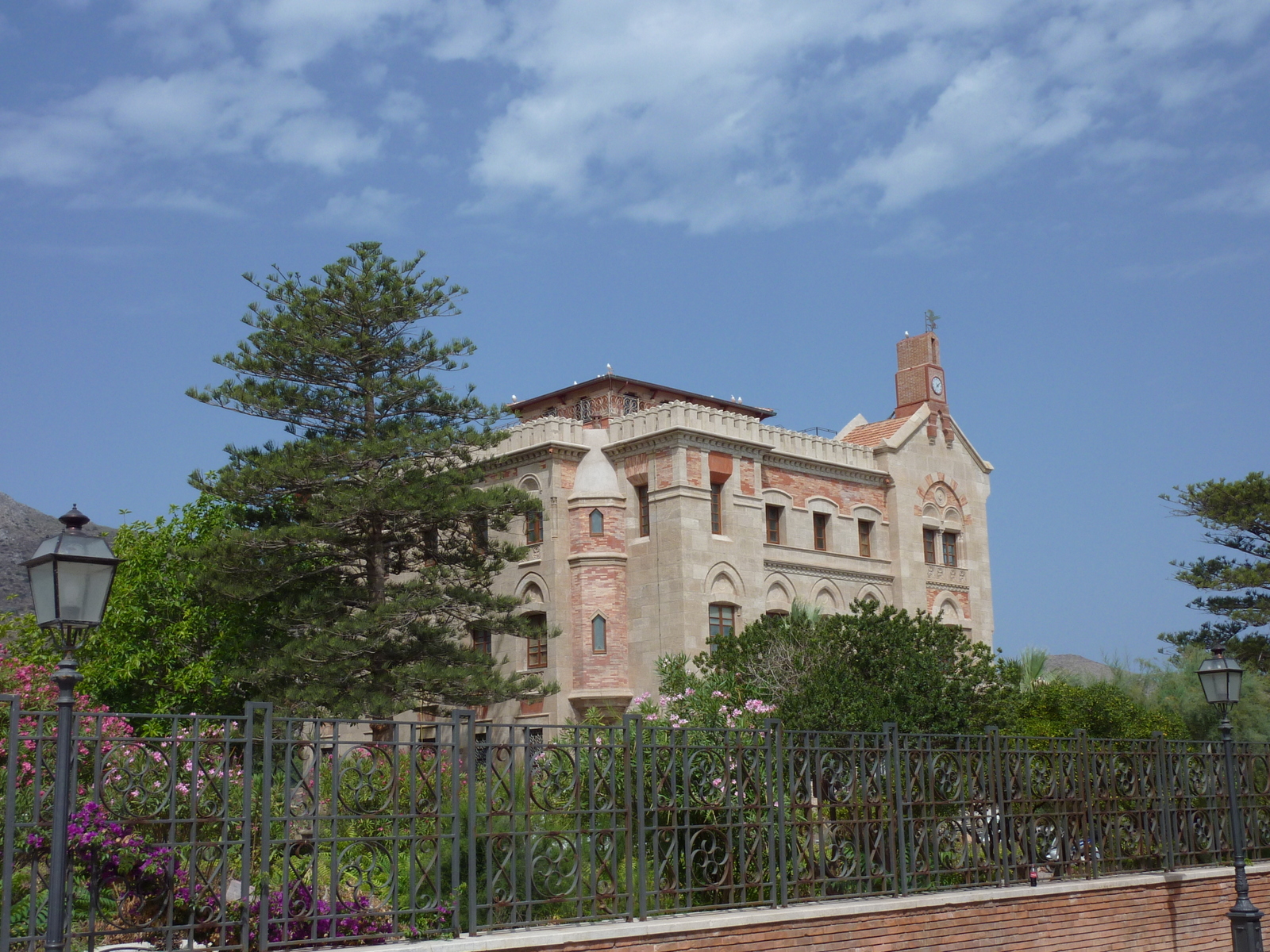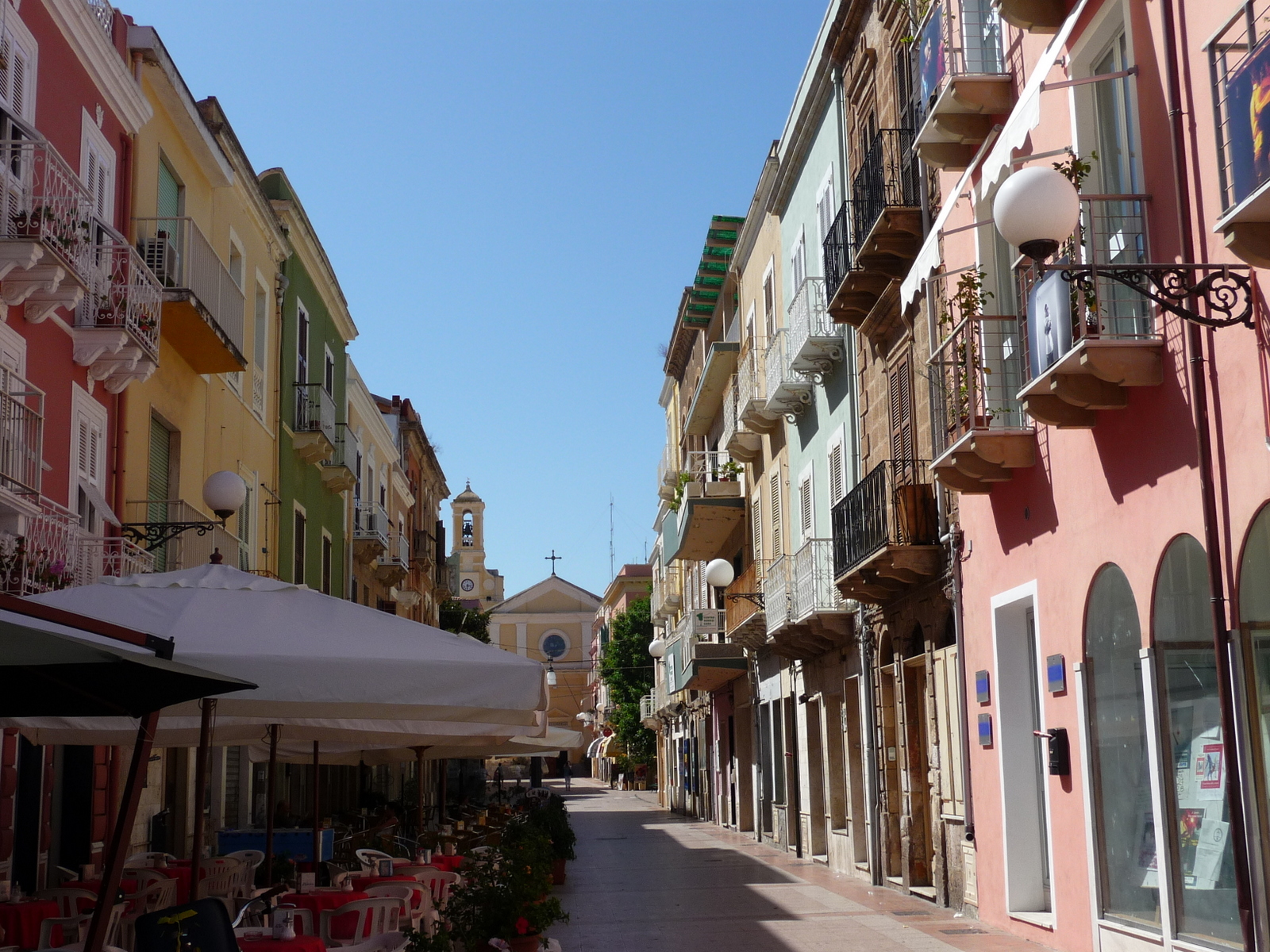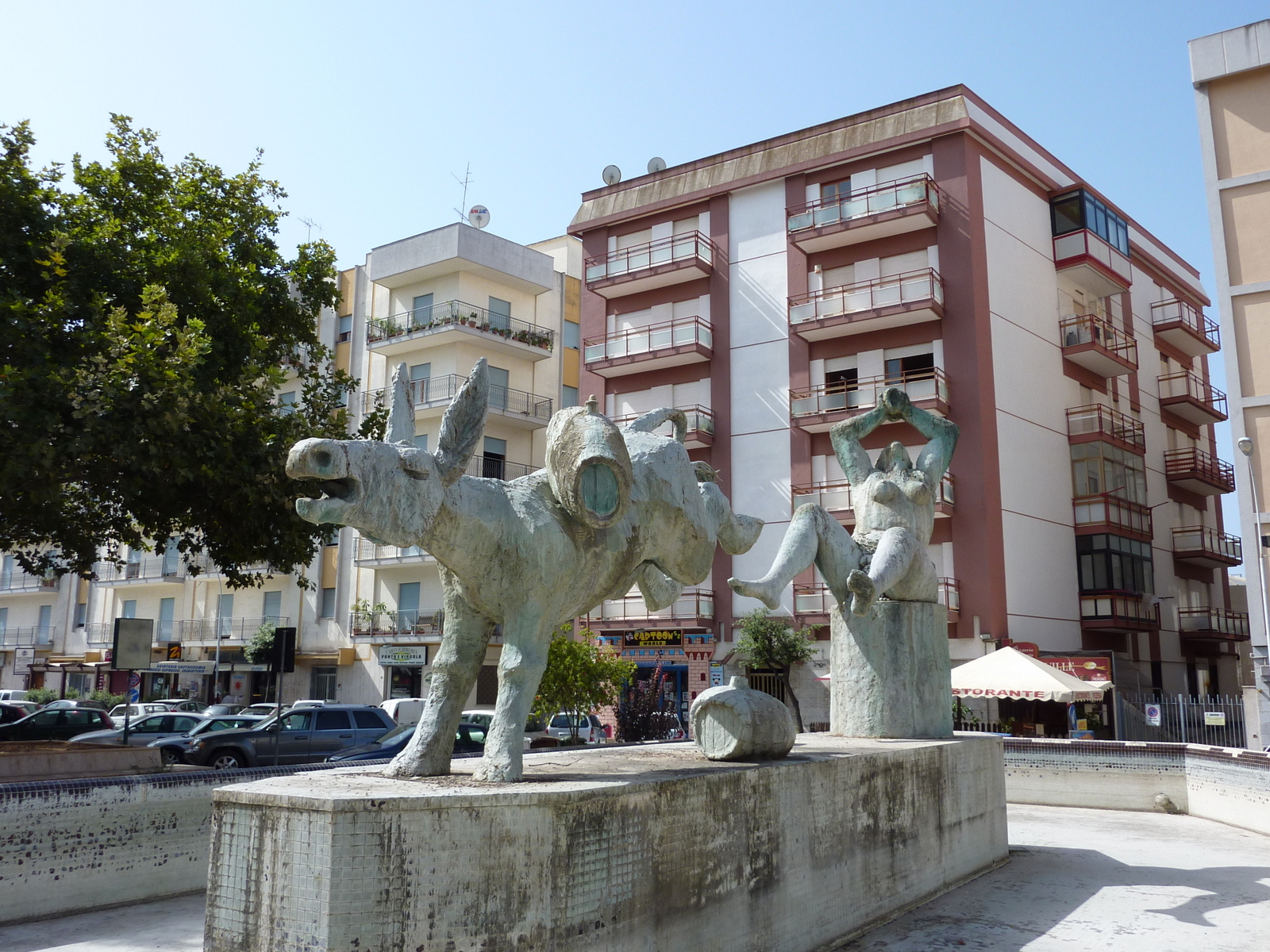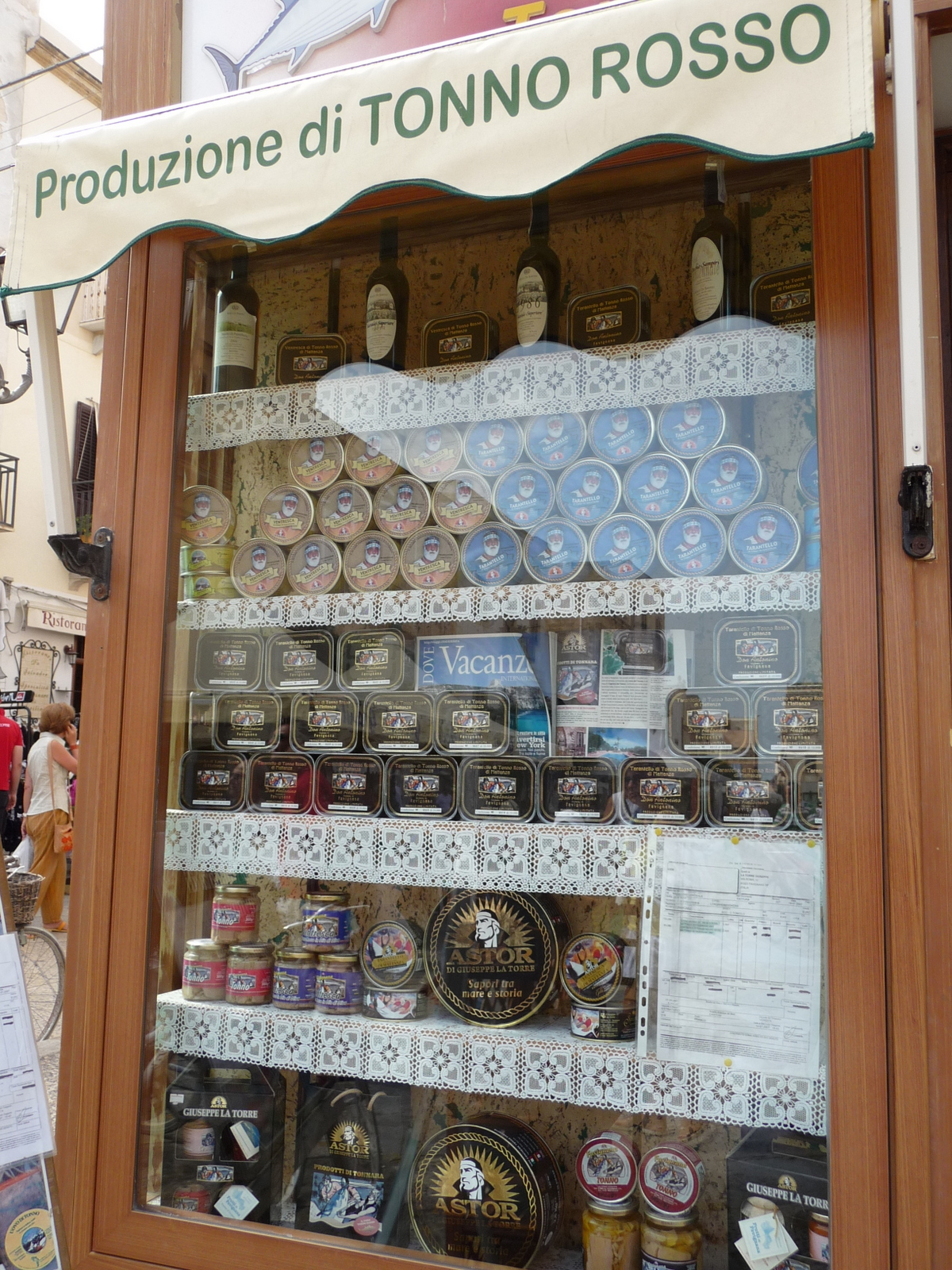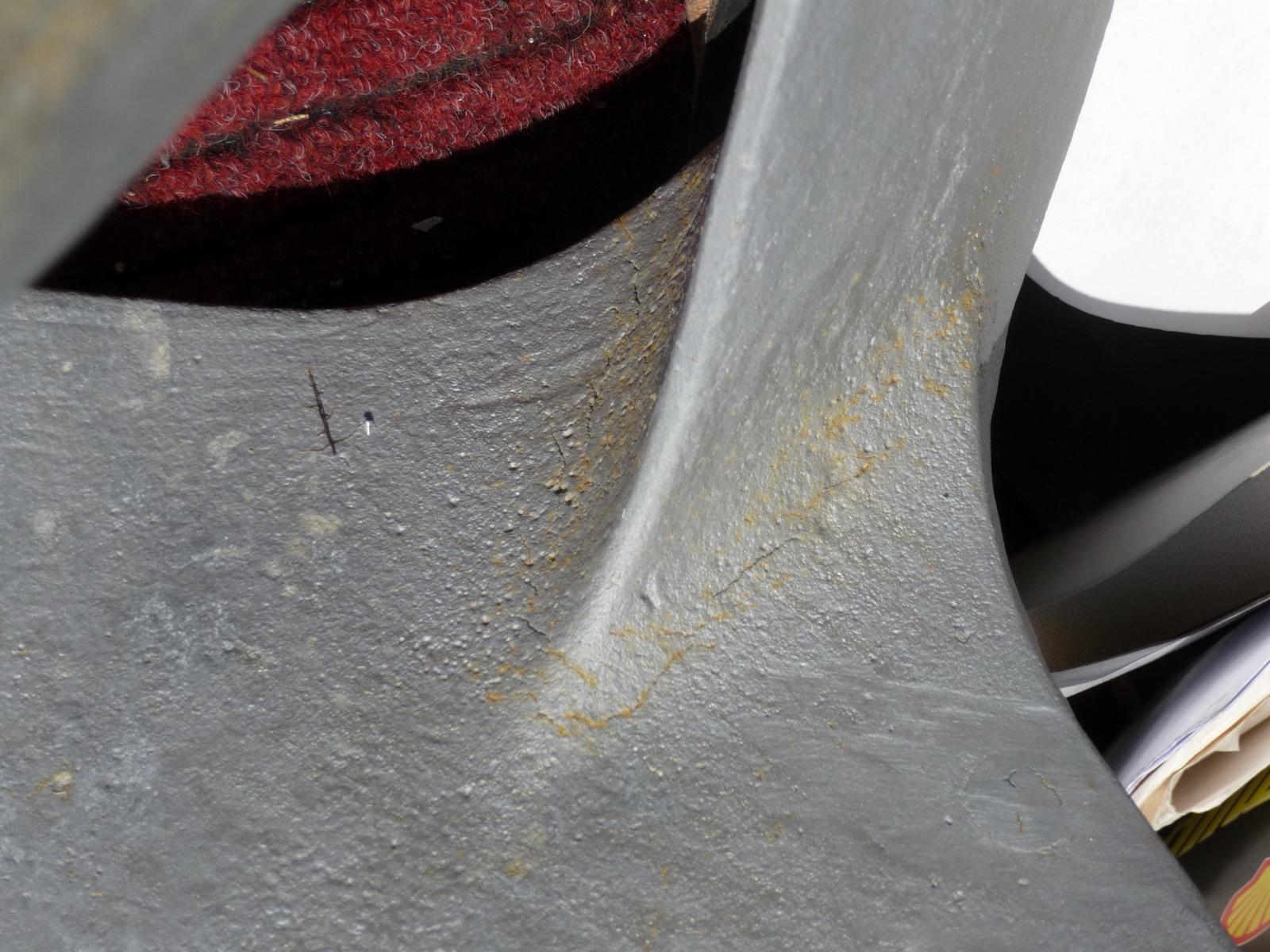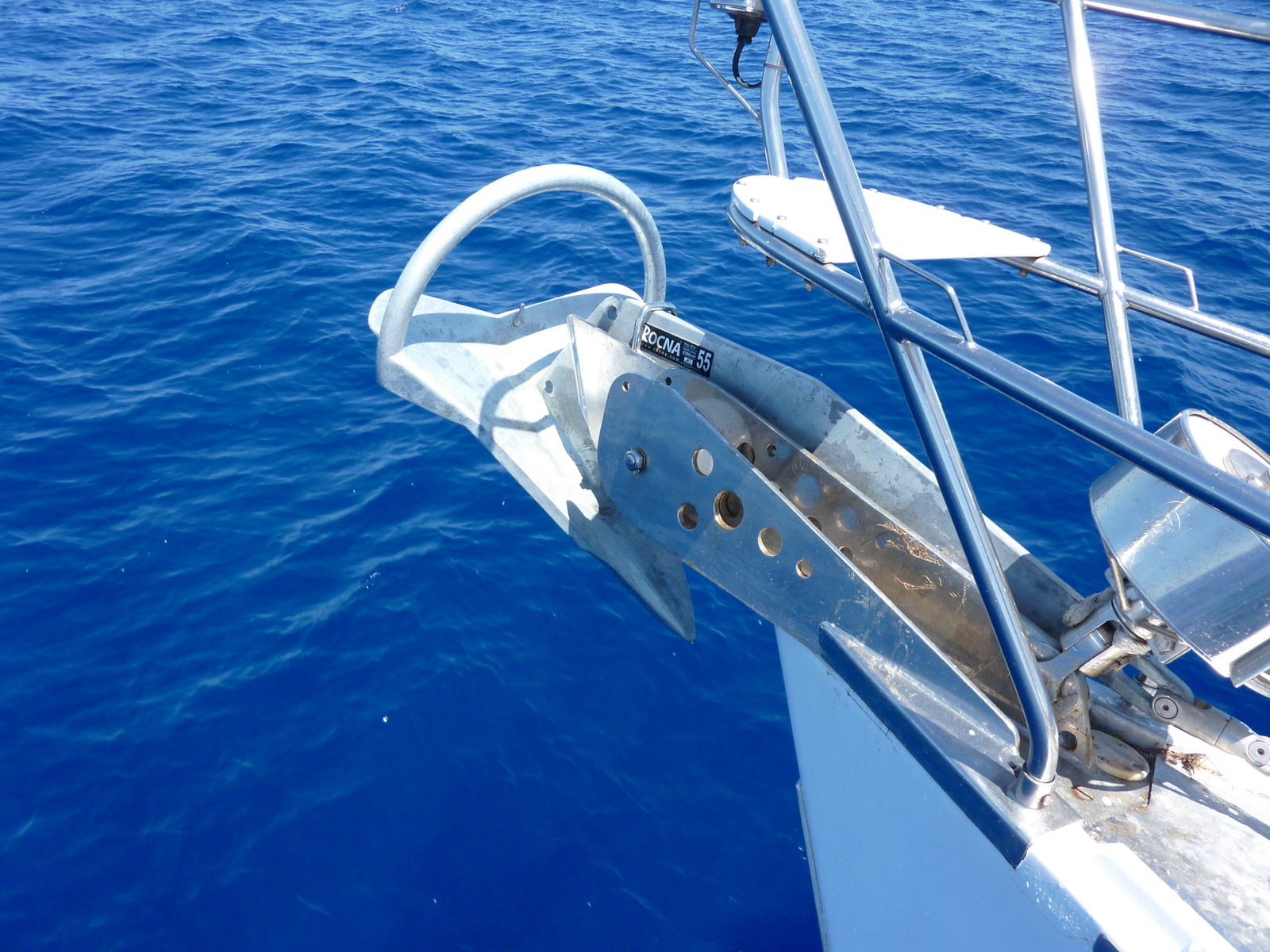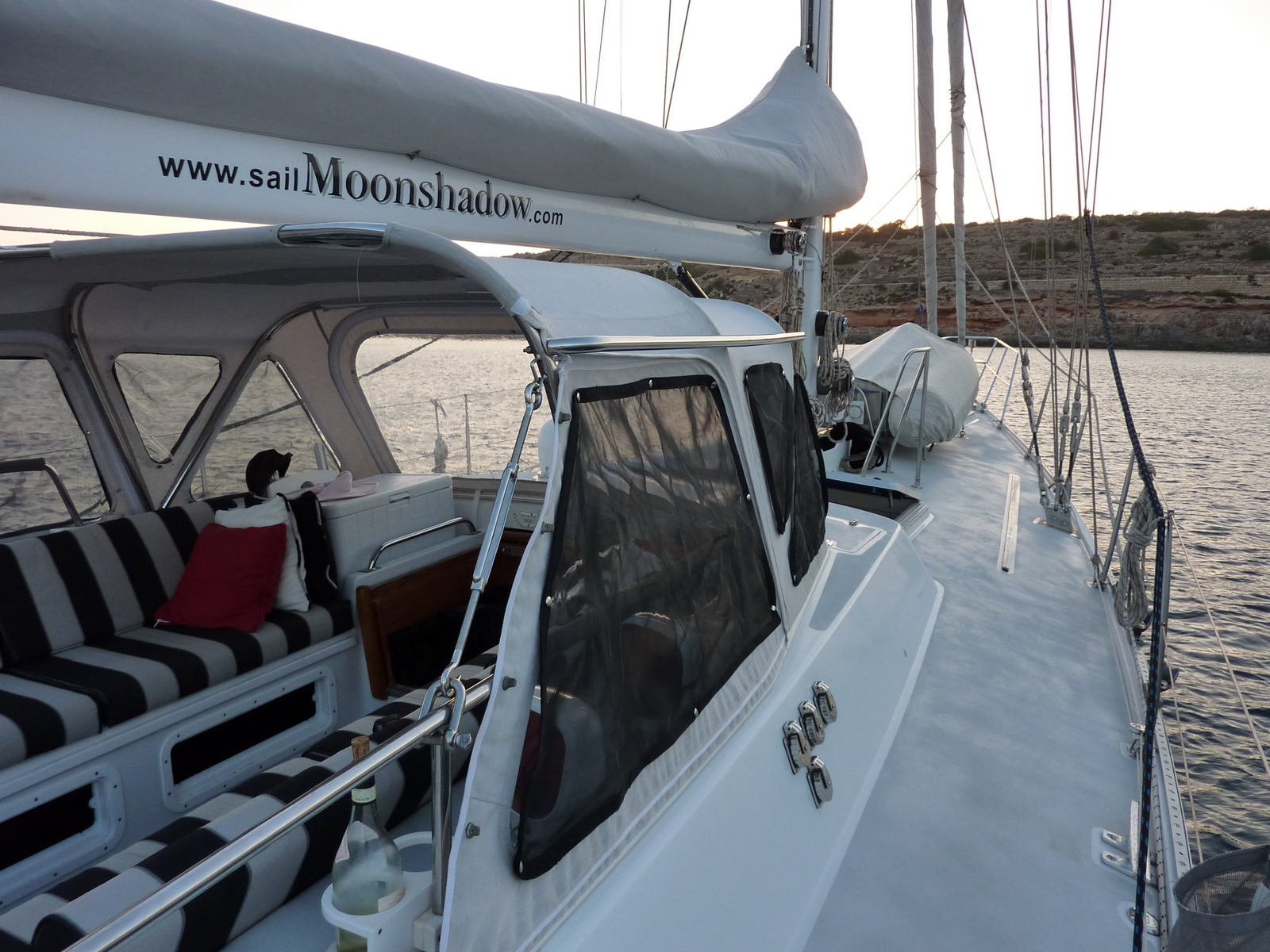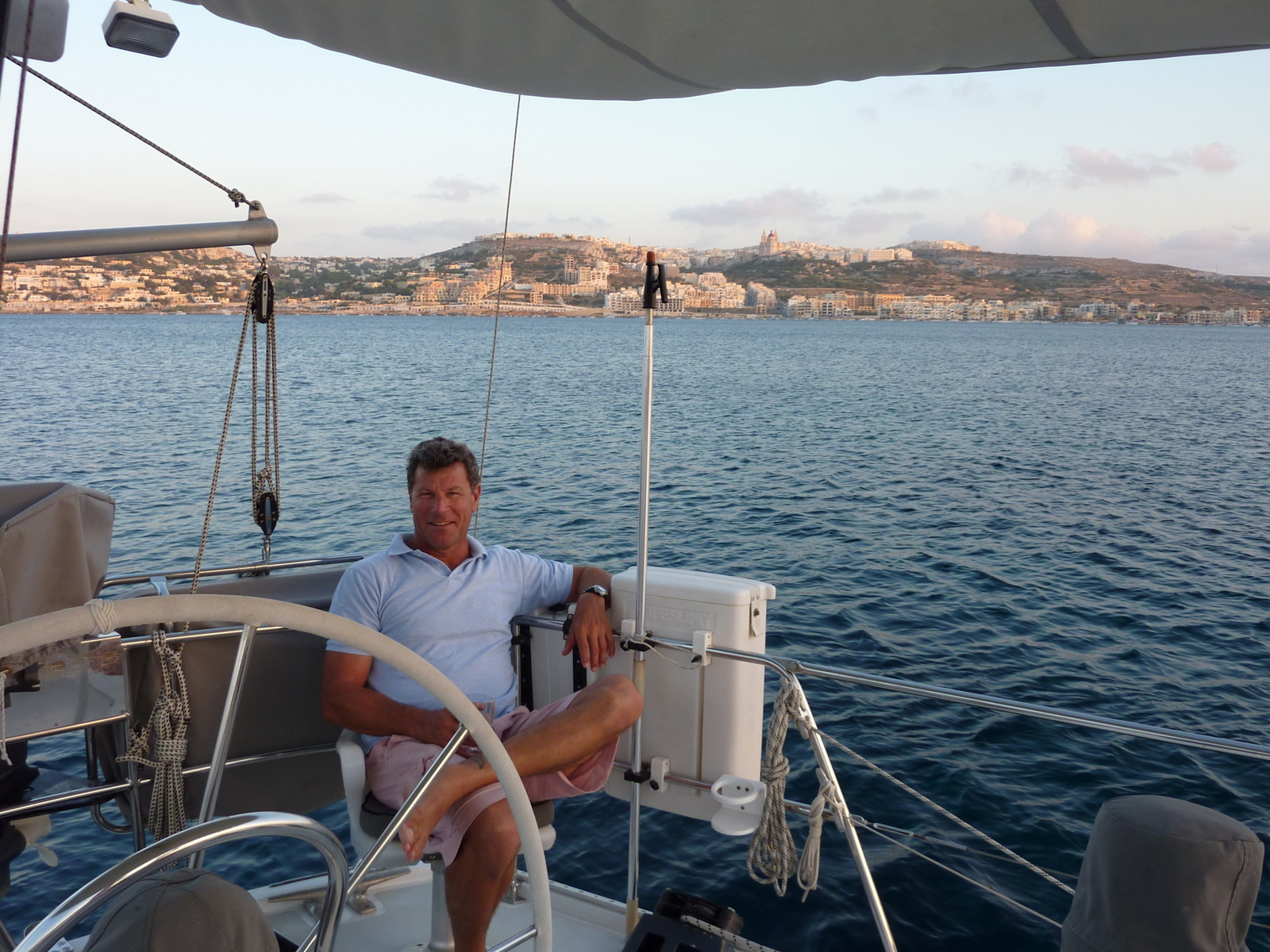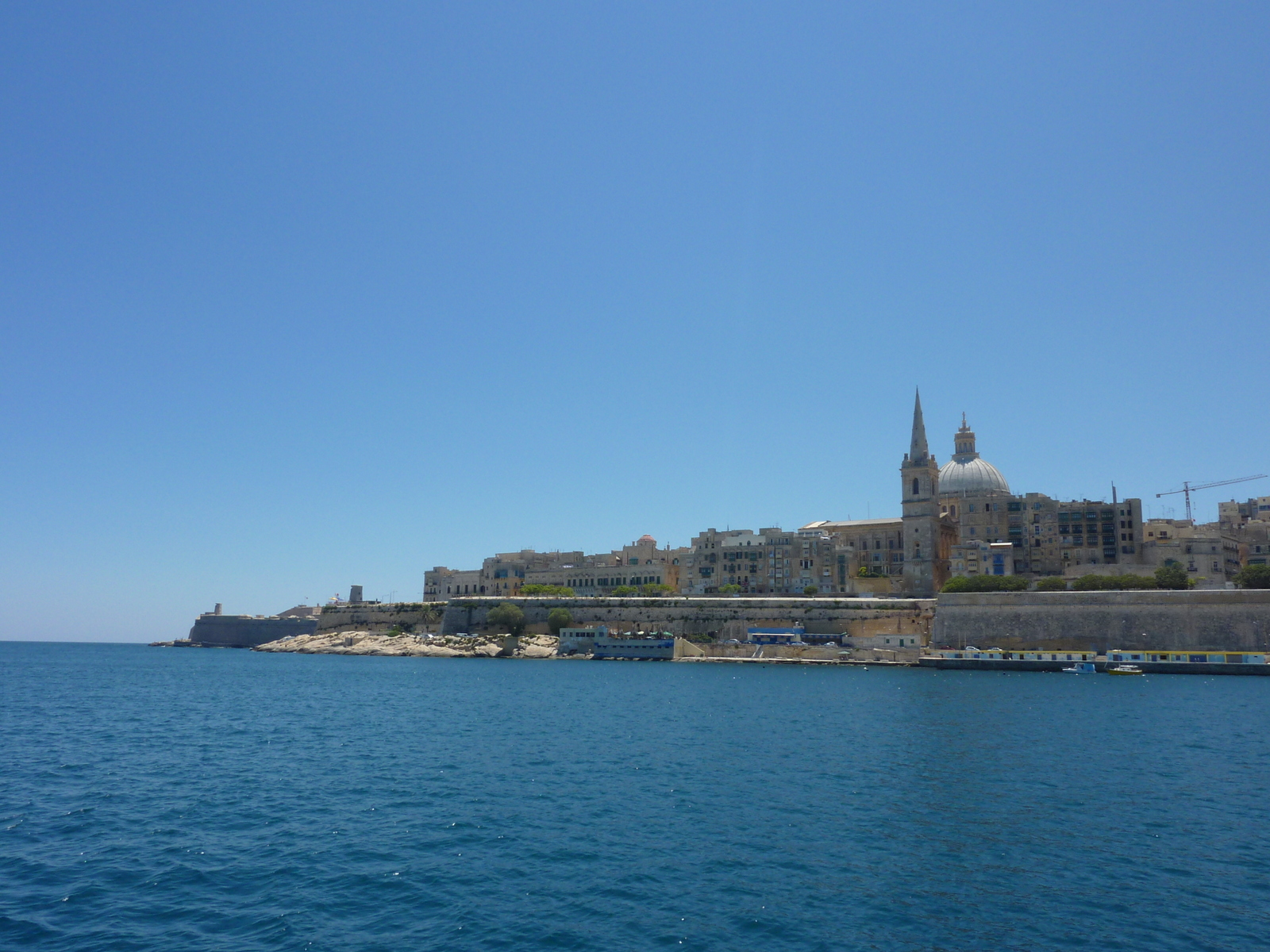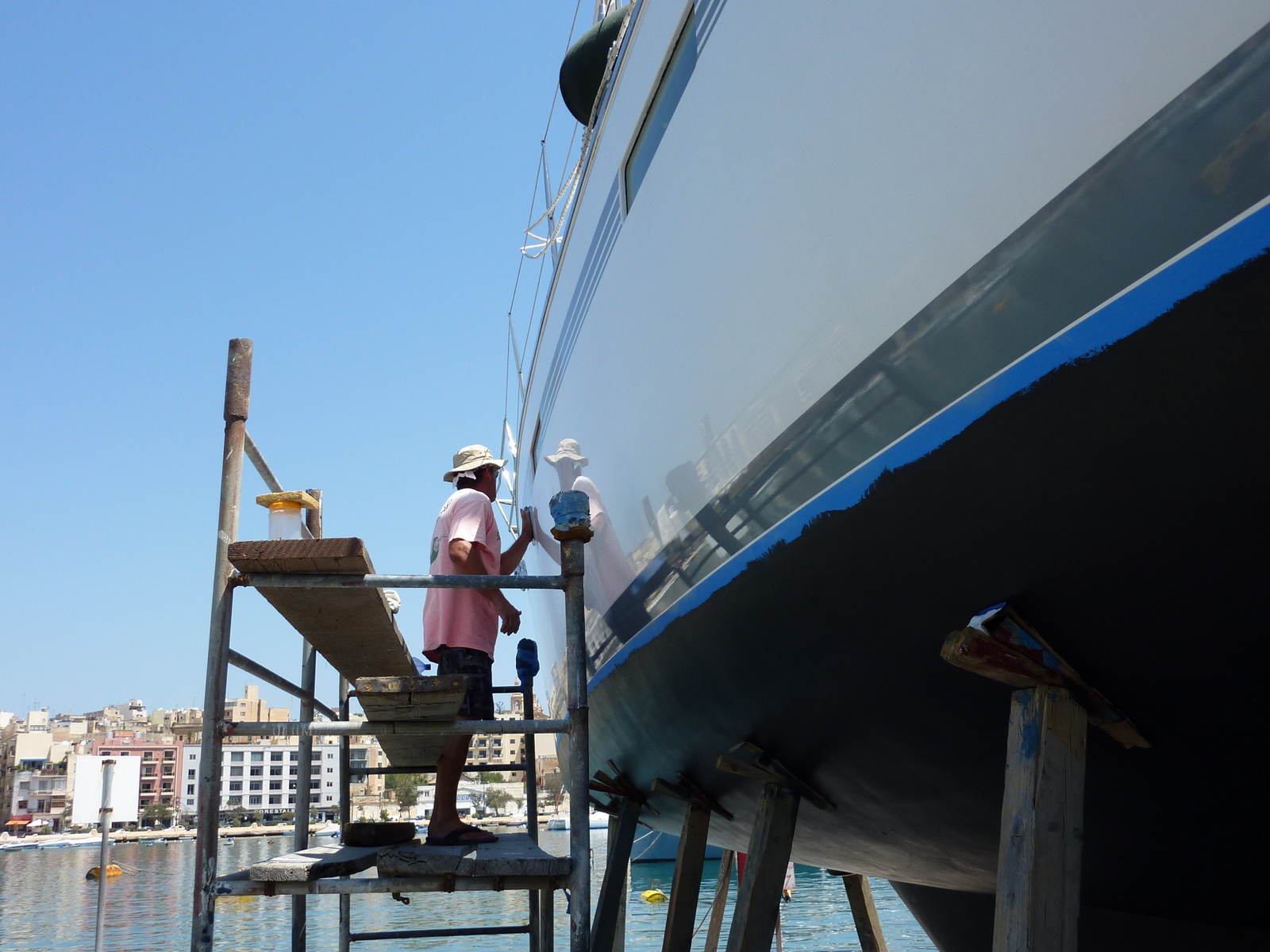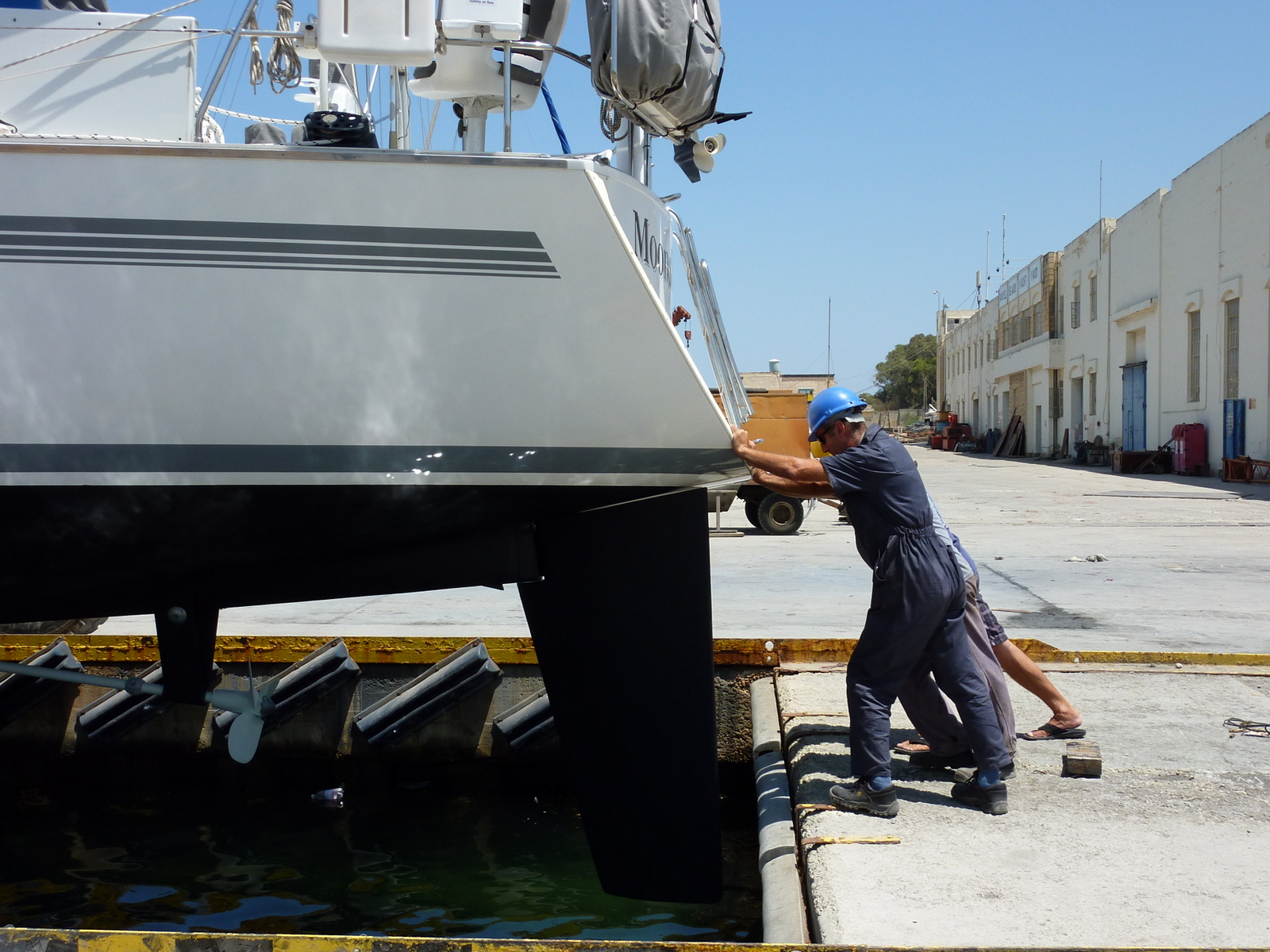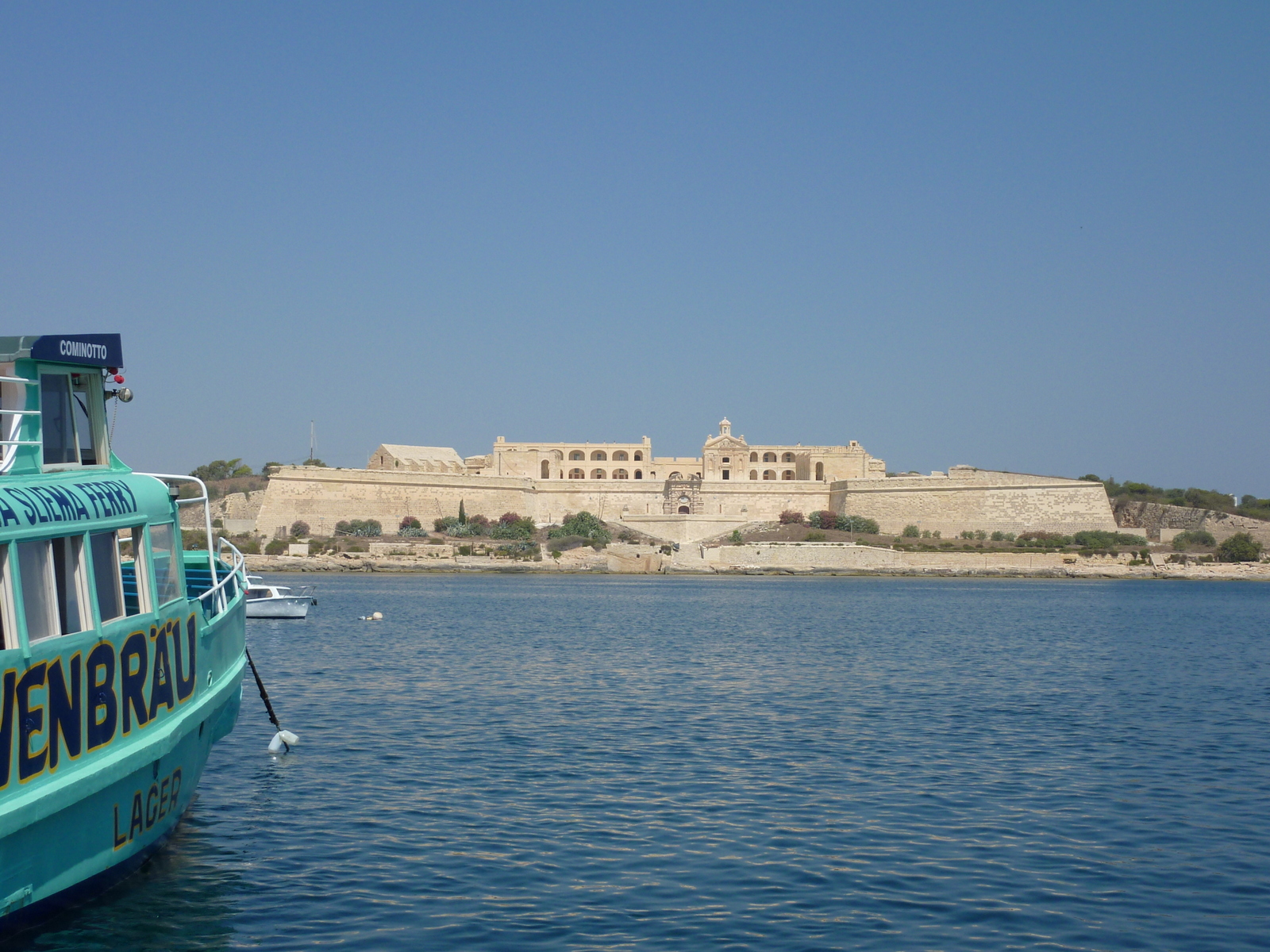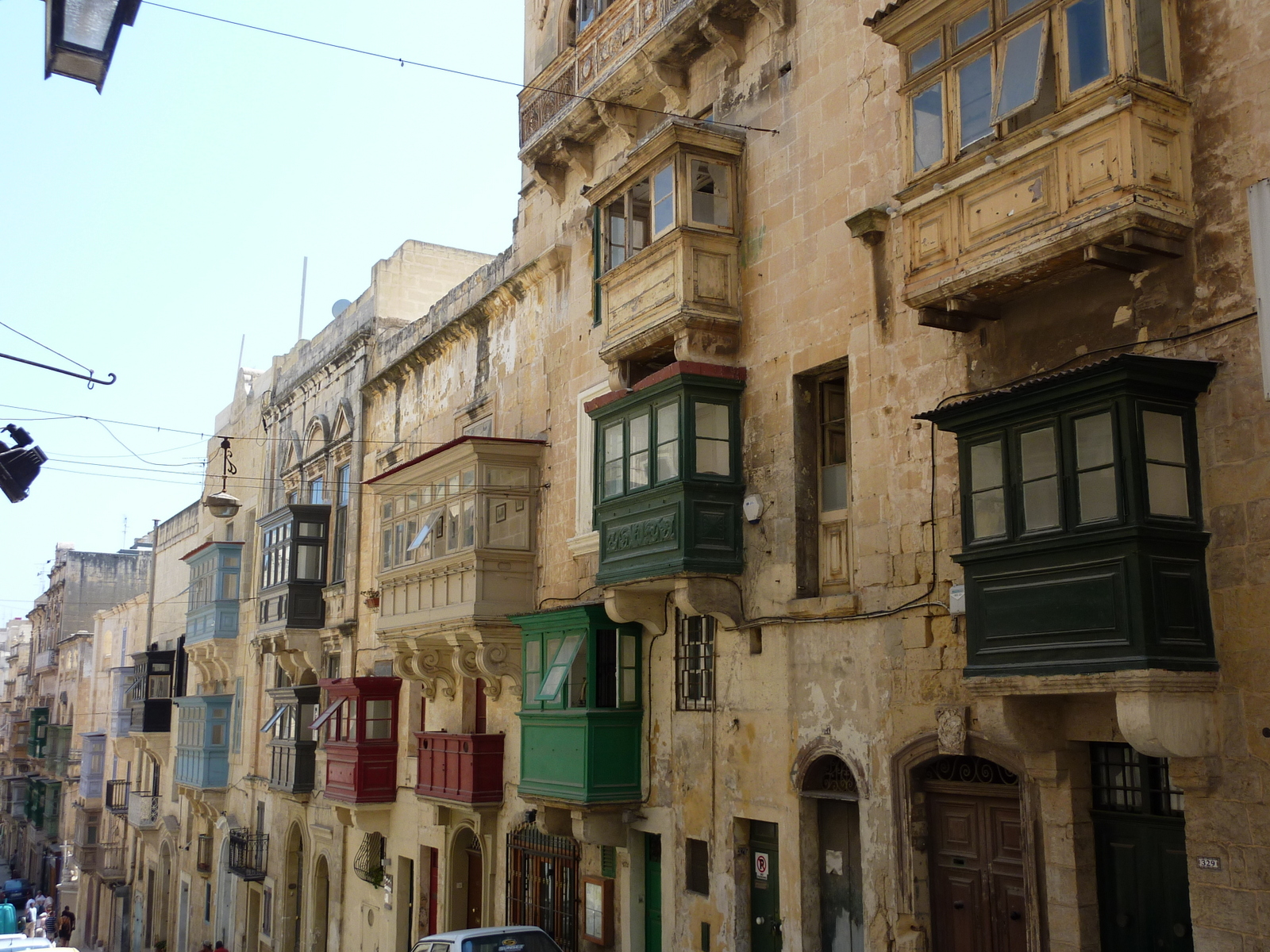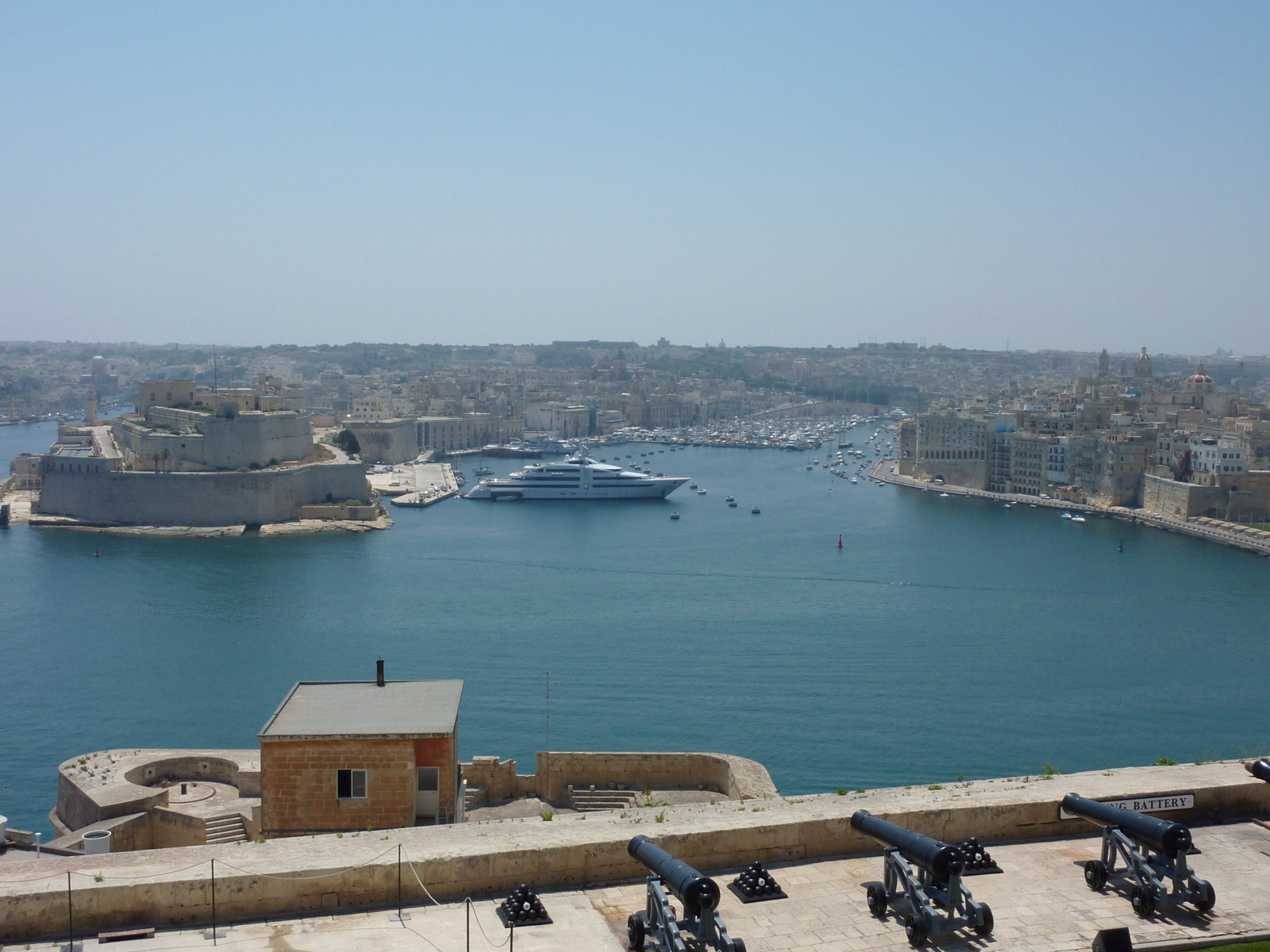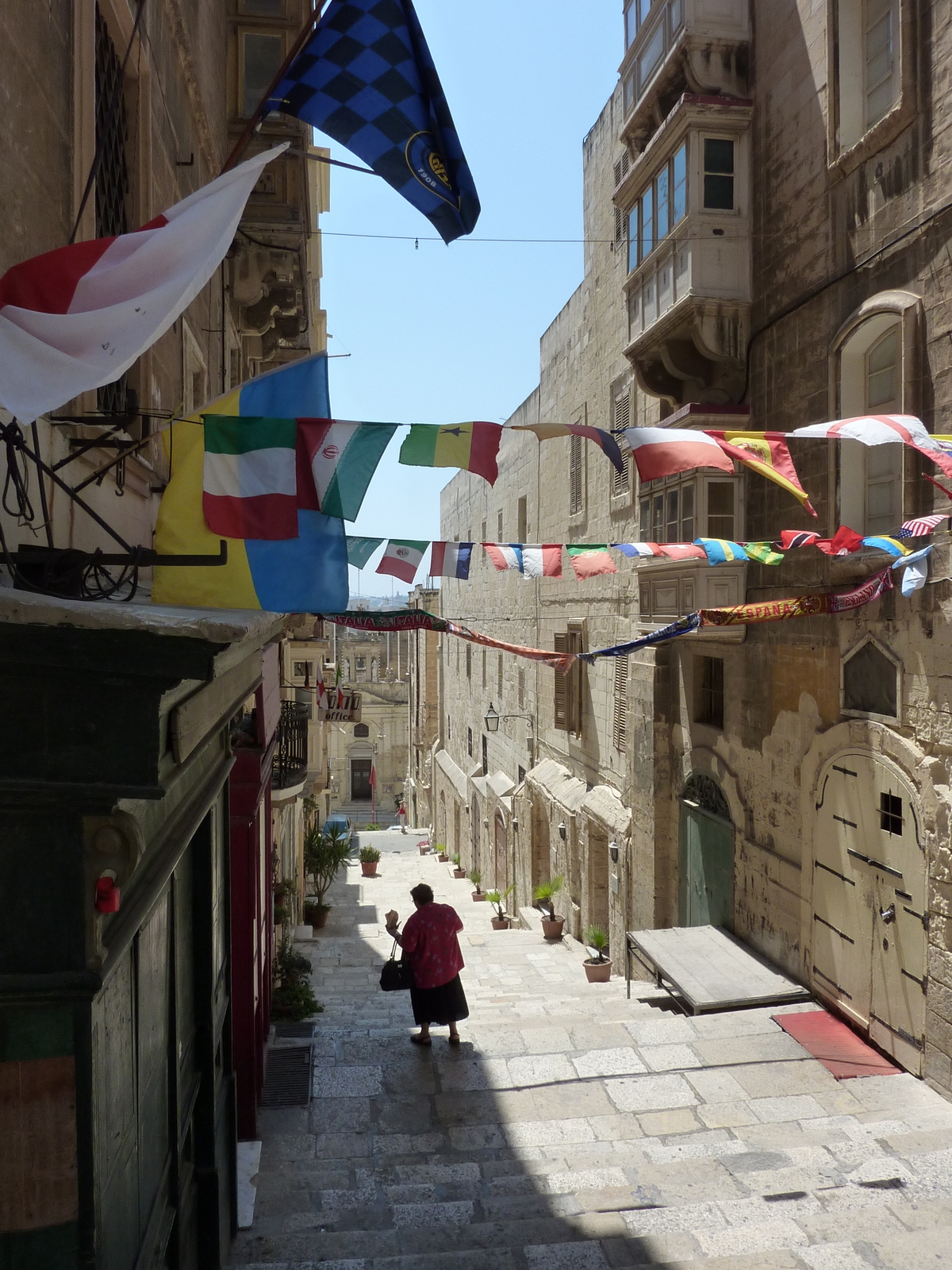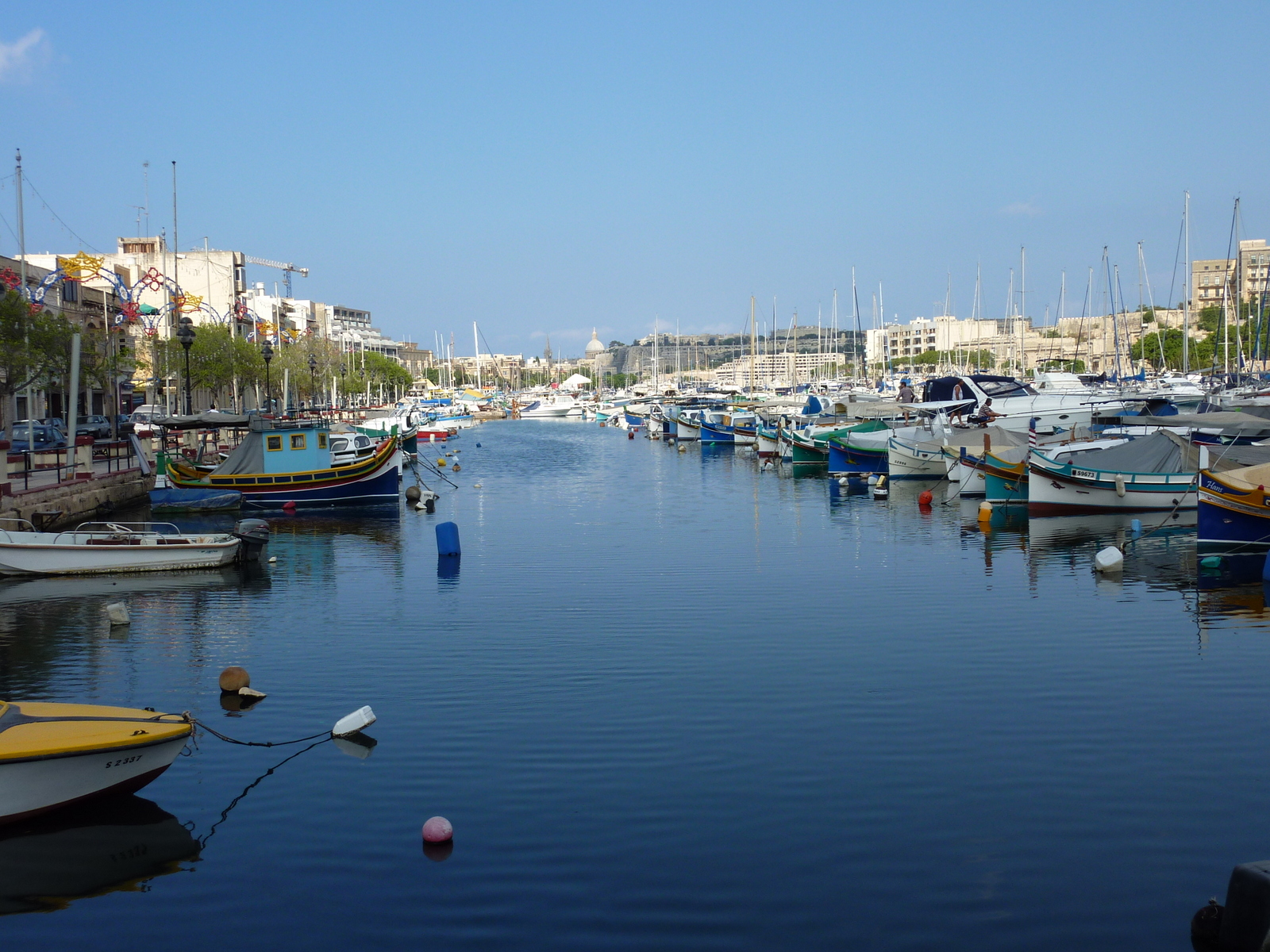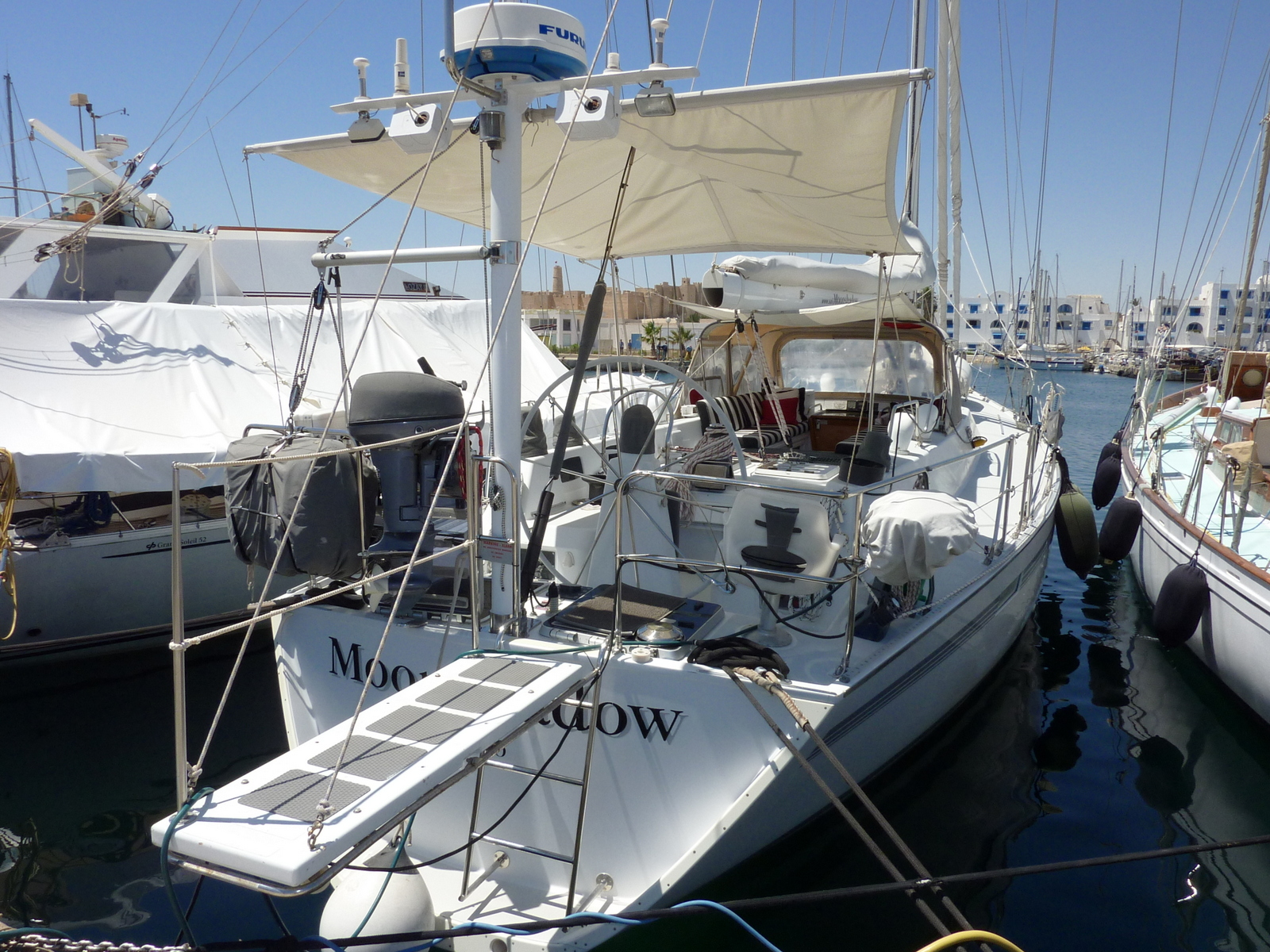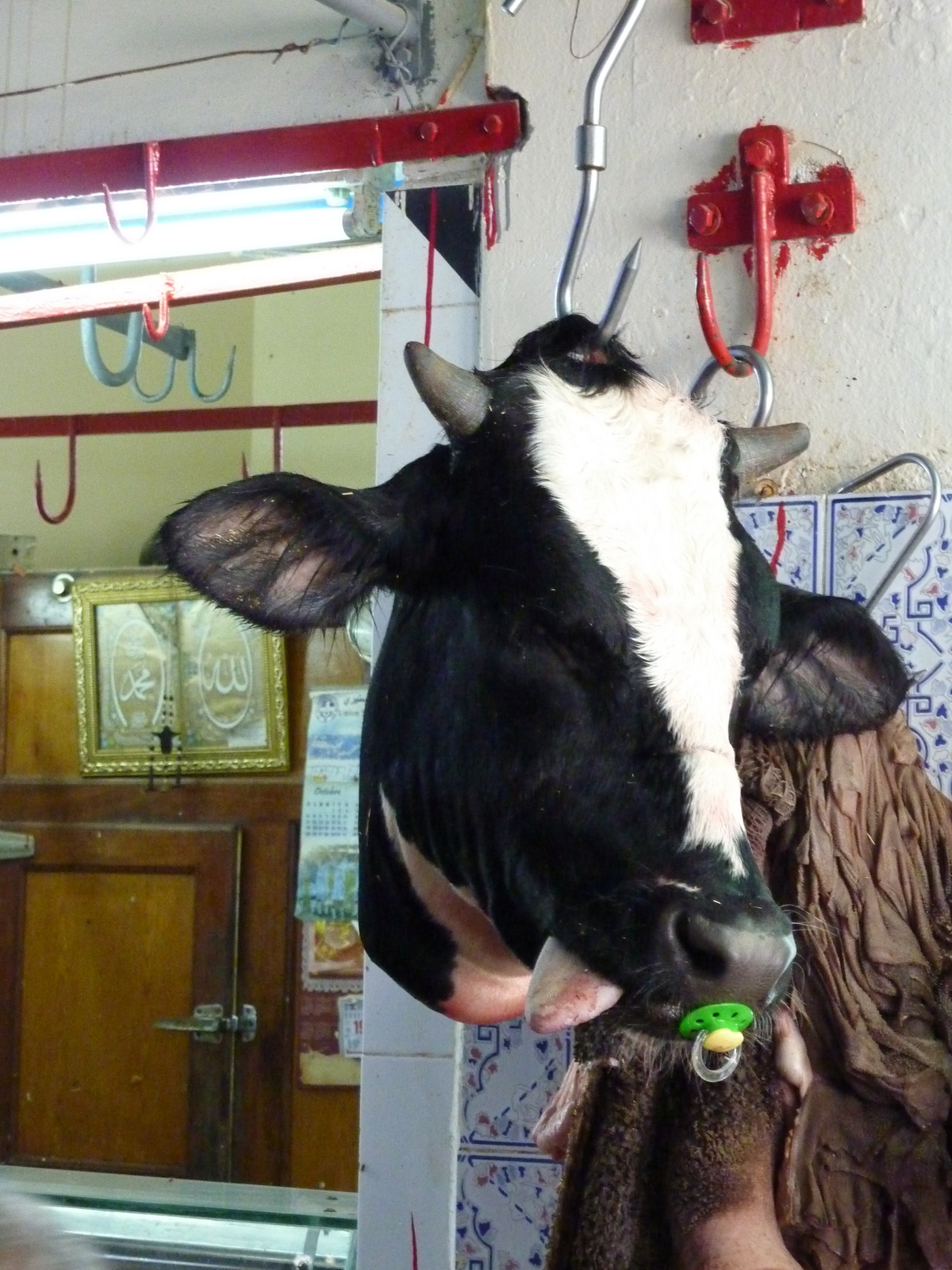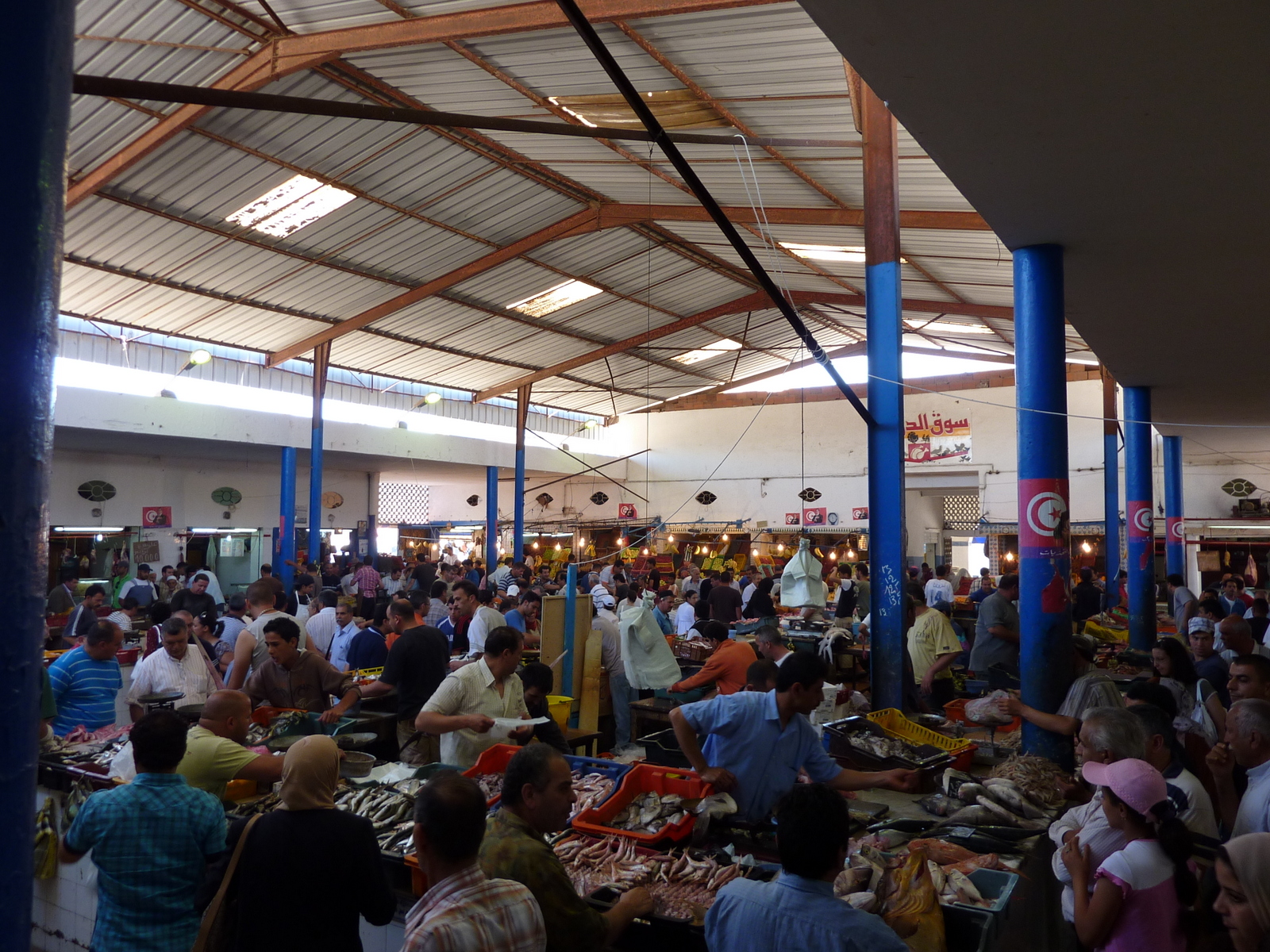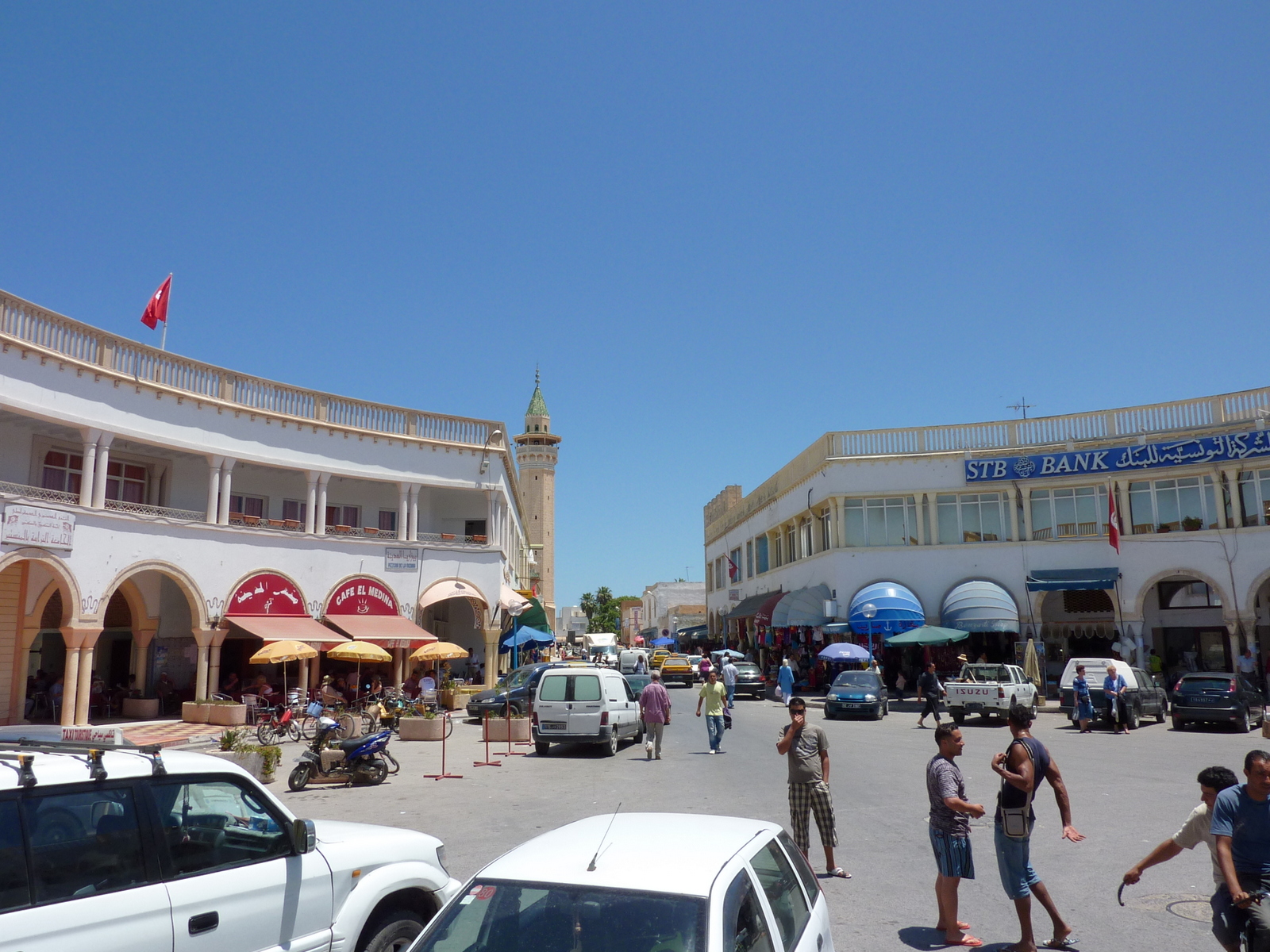I was surfing through the Letters section of an old issue of a California sailing rag awhile back and came across yet another “I’ve got this yacht, can anyone tell me about it” letter. After purchasing the yacht the owner was looking for information on her design, quality, and sailing characteristics; ostensibly weather or not he had made a wise decision. I’ve read many similar letters over the years, shaking my head, wondering how someone can acquire a significant asset, or in some cases, a significant liability, about which they know so little. Sure, I’ve heard about the odd situation where the boat was won in a high stakes poker game or taken as payment on a debt owed. In most cases, I suspect it’s a simple case of buying on emotion and trying, after the fact, to justify the purchase logically. I think this is something we’re all guilty of from time to time.
Purchasing a yacht purely on emotion is tantamount to marriage before courtship, or surgery before diagnosis. Given the high cost of yachts, divorce and health care these days, I think you’ll agree that this may be just a bit unwise.
It’s all too easy to fall in love at first sight with a gorgeous yacht on display at a boat show or tied to a broker’s dock. Who can resist all the beautiful varnished teak, polished metal fittings, and pleasing lines, tugging away at your romantic heartstrings? All rational thoughts are clouded by dreams of distant shores, azure blue waters, white sand beaches and palm trees gently swaying in the breeze, with you, relaxing in the cockpit, your suntanned partner at your side, sipping on an exotic cocktail.
One might think to them self, “hey, it’s floating and it’s gorgeous, so it must be just fine for cruising.” But unless you’ve chosen your dreamboat well, sailing to those exotic places could possibly turn into a mission from hell, potentially ruining your dream, if not your relationship and your health. Here are a few ideas I’ve gathered over the years that may help you to become a more intelligent and astute buyer, and hopefully enable you to find the cruising yacht that best suits your individual needs.
Having sailed for 35 years and extensively cruised for nearly half of that time, it’s becoming a bit easier for me to look at a cruising yacht as a “big picture,” and see what works and what doesn’t, at least in the context of what I’m doing, which is extended world cruising. But for someone who has spent little or no time living aboard and sailing offshore, the picture might look more like a jigsaw puzzle still in the box.
I would categorize these people as “unconsciously incompetent.” This is by no means an insult; it simply means that they don’t even know what they don’t know. They are still at the stage in their sailing career, where, by the way, we all were at one time, where they are not familiar with the issues and challenges, so they have little or no understanding of which features and design characteristics of a cruising yacht will provide them with the best solutions. The chance of a person at this stage being able to choose a cruising yacht that is best for them is about the same as a first year medical student performing a successful heart transplant.
For those who’ve done perhaps an offshore passage or two as crew, a bit of coastal cruising, or a few bareboat chartering holidays, they may have reached the point of being “consciously incompetent.” That is, they are now aware of what they don’t know, that there is a tremendous body of knowledge and experience to be gained, and they have begun to ascend the learning curve. They may have embraced some, if not many of the issues, but still lack the knowledge necessary to fully understand the big picture. In other words, they are still learning how all the systems and design characteristics of a cruising yacht must work together harmoniously to achieve their desired result. They may still be unaware of some of the compromises of living aboard for long periods of time and the magnitude of the maintenance and repair work that take place in a marina and/or boat yard between cruising seasons. On the other hand, if they’ve already purchased a yacht, this is where they may begin to either have a tinge of buyer’s remorse, or pat themselves on the back, depending on how wise or just plain lucky they were in making their choice.
Once one has purchased a yacht, lived aboard for a season or two, and made a few offshore passages, they would likely fall into the category of “consciously competent.” This means that they generally have their head around the cruising game, but it still requires a fair bit of conscious effort. This might be compared to a teenager who’s just received their driver’s license. In other words, at this level, cruising, like driving, is not fully ingrained in the subconscious, both of which are likely to happen after a few more years of experience. In the sailing sense, one generally knows what to do, but sometimes in a challenging situation, may become slightly disoriented, overlook important issues, make a mistake or find it necessary to seek some help or advice from others, especially when there may be multiple challenges on board, a.k.a. the cascade effect.
At this point, one might begin to appreciate the positive features of their chosen yacht, such as her sea kindliness, reliable auxiliary engine or ease of sail handling, especially if they’ve been out when the weather turned from fresh to frightening. If they didn’t choose well, they may become painfully aware of the shortcomings of their yacht and may decide that cruising has fallen into the “too hard” basket and consider buying a motor home or “land yacht.” Perhaps this is why so many cruising yachts are put up for sale in Tahiti or New Zealand after a less than ideal passage across the Pacific Ocean. Those who are a bit more intrepid may grit their teeth and start making a list of all the problems they need to address when they return to civilization in New Zealand or Australia to sit out the southern cyclone season.
The last level of knowledge, and the one we all hope to reach is “unconscious competence.” Sailors at this level subconsciously know what to do in virtually any situation, based on many years and miles of experience, practical knowledge, in-depth study, innate intuition and of course, by learning from the mistakes they may have inevitably made along the way. One of my favorite sayings is “good judgment comes from experience and experience comes from bad judgment.” Reactions become almost automatic, and good decisions are generally made instantaneously. These types of people end up as the authors, designers and mentors from whom we can all learn, and who’s level of competence many cruisers may strive to achieve.
Having said all that, how does a novice avoid the expensive pitfalls, choose the boat that is right for them and enjoy many years of happy cruising? Simply, I believe, by delaying the purchase of a yacht until you’ve made it past the first two incompetence levels, accumulating a bit of practical experience, and doing enough homework to make a logical buying decision instead of an emotional one.
Ok, you might say, in practical terms, how does one do that? First, go sailing! I believe that some of the most valuable learning comes from hands-on experience. Virtually all the world’s top racing sailors started sailing in small dinghies around the time they were potty trained. Most of them became unconsciously competent sailors before they could legally drive an automobile. Through continuous practice and study, not to mention a passion for the sport, they continued to hone their skills. Very few of us will ever reach this level and take the helm of an Americas Cup Yacht, but that said, there is plenty to be learned by the cruising sailor from club level racing. There are usually plenty of opportunities to crew in your local yacht club’s “beer can” or “rum race” series.
If, for whatever reason, racing isn’t available or appealing to you, then there are many excellent sailing schools that offer instruction ranging from beginner level keelboat sailing to offshore passaging. My experience as both a sailing school student and instructor is that sailing courses are one of the easiest and fastest ways to gain the practical knowledge and experience you need, in a very supportive environment, without picking up other people’s bad habits. As a side benefit of all this sailing, you are likely to get a lot of hands-on experience on a variety of yachts of different designs, shapes and sizes, and begin to develop an understanding of what works and what doesn’t. At the same time, you will invariably begin to formulate some personal likes and dislikes.
In conjunction with the racing and/or sailing lessons, get out and do some day sailing with friends. If none of your friends have yachts, either get new friends or put your name on some “crew lists.” There are plenty of boat owners who would love to go sailing more often if only they had some crew, particularly those who are reasonably competent and willing to bring along some beer and munchies or pitch in on maintenance and/or expenses. Yacht clubs are a great way to get to know sailors, and owning a yacht is generally not a membership requirement. Some clubs are so cheap to join that what you save in the club bar will cover the cost of the annual dues. You can also offer yourself as crew on yachts that are coastal cruising, participating in a cruising rally or making offshore passages or deliveries. You are likely to gain more practical knowledge in a few days on the water than from a sea bag full of “how to” books or YouTube videos.
As you sail, ask the owner what they like most about their own yacht. I’m sure they will be more than happy to tell you. Make notes. Even more important, ask them, if there is anything that they might want to alter or improve about their yacht, and why. Make more notes. What you may discover is that there is likely to be a direct correlation between the experience of the owner, and how wisely they have chosen the yacht that best fit their needs.
You may also begin to see that a few issues are fairly universal. For example, I’ve never heard an owner complain that their yacht was too fast, too comfortable, handled too easily, had too many safety features, was too easy to maintain, had too much storage space, or whose lines were too pleasant to the eye. On the other hand, the more contentious or personal issues such as sloop versus ketch, monohull versus catamaran, fiberglass versus metal, center cockpit versus aft cockpit, heavy versus light displacement, can be argued till the bar closes. Bear in mind that one’s personal preferences may have been determined by past experiences, thoughtful research or in some cases, by what they already own, i.e. are stuck with.
In parallel with your on-the-water training, I recommend you get your nose into as many publications and web sites dedicated to cruising, cruising boat design and outfitting as you can. Two books that I found particularly helpful were Jimmy Cornell’s World Cruising Survey and the Steve and Linda Dashew’s Offshore Cruising Encyclopedia. As you will discover, there is hardly a shortage of viable options available. All have their advantages and disadvantages, strengths and weaknesses, pluses and minuses. At this juncture you can begin to sift thorough it all, with your own needs in mind, taking the best and leaving the rest.
The next step is to sit down and have a conversation with yourself, your significant other, your family, or anyone else with whom you plan to cruise, in order to formulate your cruising plan. Where you decide to go (high or low latitudes), how far you decide to go (circumnavigation or Mexican cruising), how long you plan to go for (a few months or a number of years), what level of comfort you wish to travel in (super yacht or pocket cruiser), how willing and able you are to perform routine maintenance and repair, and most importantly, your budget, will all have a significant impact on the ideal cruising yacht for your individual needs.
When you’ve reached this point, you are likely to be well on the way to becoming “consciously competent” and ready to make an informed decision on the purchase of your freedom machine. You’ve done some miles, seen the good, the bad and the ugly, have developed a basic understanding of design considerations, and can now effectively put together your “wish list.” Start by writing down the things that your ideal cruising boat absolutely, positively, must have. These are the basics and may include things like mono or multihull, minimum/maximum size, rig type, number of staterooms, interior and deck layout, refrigeration, autopilot, etc. Then write down the things that may not absolutely necessary but would be nice to have, for example: boom furling, electric winches, air conditioning, watermaker, dinghy davits, helicopter pad, etc. In many cases these can be added later. Then you must decide how much of your net worth you are willing to part with for all this.
This step may be the most difficult, because unless you have millions of dollars to spend, your ideal yacht will inevitably be a series of compromises. The amount of compromise you must make is inversely proportional to the amount of money you are willing to spend. Now, that’s not to say that you cannot purchase a well found, safe, comfortable offshore cruising yacht and get change back from $100,000. There are plenty of well priced “veterans” out there to be found. Shift to coastal cruising and I will tell you I’ve met people who were cruising Mexico on safe and reasonably comfortable yachts that cost them less than $10,000! That is to say that you will generally sacrifice volume and waterline length, which equate to living space and speed, and some of the mod-cons to which you have become accustomed while living on terra firma. If it’s any consolation, the smaller the yacht and less gear you have, the less you have to maintain and the more time you can spend enjoying sundowners in the beautiful and exotic places you visit. Never forget that it is better to be out there cruising on the yacht that you can afford, than to be working till your dying day to afford the one you really want.
It is very important at this stage to keep your emotions safely stowed away and look rationally for a yacht design that meets all your must haves and as many of your nice to haves as possible. If nothing available in your price range meets your needs, then you have not been realistic. You must either increase your budget or decrease your must have list. This may not be easy, but remember, whatever you decide, you may have to live with it, or on it, for many years. Be very sure that the yacht you choose is specifically designed for your intended purpose, weather it be offshore passaging, coastal cruising, racing and cruising, or just living on board at a marina and taking weekend or vacation cruises on protected waters. By now, you should have a fairly detailed design brief on your own ideal yacht.
Some years back “Big Blue” had and advertising slogan that “nobody ever got fired for buying IBM.” The point is that if you stick to a known designer and/or a proven design, you will generally minimize the risk of problems down the track, and are likely to enjoy a higher resale value when you get a case of foot-itis or decide to toss in your sailing gloves. That’s not to say that there aren’t some very good custom built one-off’s out there, because there are many. The first issue is that it may be difficult or impossible to determine the fair market value of a “Backyard 44”, let alone get any useful long-term performance and quality data. The second issue is that they are usually designed to the very specific needs and/or the ego of the original owner, which can be, to put it politely, unique. Going down this track can be risky, so you must be prepared to do some extensive research or else give it a miss. On the other hand, without making specific recommendations, it is quite easy to get value comparisons on proven production cruising yachts such as the Westsail 32, Pacific Seacraft 36, Island Packet 38, Valiant 40, Norseman 447, Kelly Peterson 46, Amel 51 or Sundeer 64, just to name a few. You will find plenty of performance and quality data on yachts like these in sailing publications or on the Internet. You are likely see some in your local marina and may be able talk to the owners face to face about their yacht. There are likely to be a number of a given make and model for sale at any point in time, which will give you a broader basis of comparison and better opportunity for negotiation.
The old saying “the bitterness of poor quality is remembered long after the sweetness of low price is forgotten” definitely applies here. Here’s one heartbreaking example. A few years ago I saw a 40-something foot yacht lying high and dry, broken in half, stripped of all her gear, near a marina in Malaysia that had been heavily damaged in the Tsunami on Boxing Day of 2004. What was once someone’s life long dream was now a worthless heap. I learned that the yacht, which had been originally designed to compete in the Sydney to Hobart race, was holed and sank as a result of the tidal surge in the marina. She was apparently still in salvageable condition, but while she was being lifted out of the water, she broke in two just aft the keel. Closer examination of the sections revealed to me that she had no longitudinal stringers, which may have provided enough hull rigidity to prevent this catastrophe. I also noticed that the total hull thickness was less than ¾ of an inch, which some might consider a bit light for any serious offshore work. The foam core showed voids between the bits of core material which might have been a sign of some faulty lay-up. As if all of this wasn’t bad enough, she was the only “home” of her owner and was uninsured. The only good news in this story is that the structural failure occurred when nobody was on board.
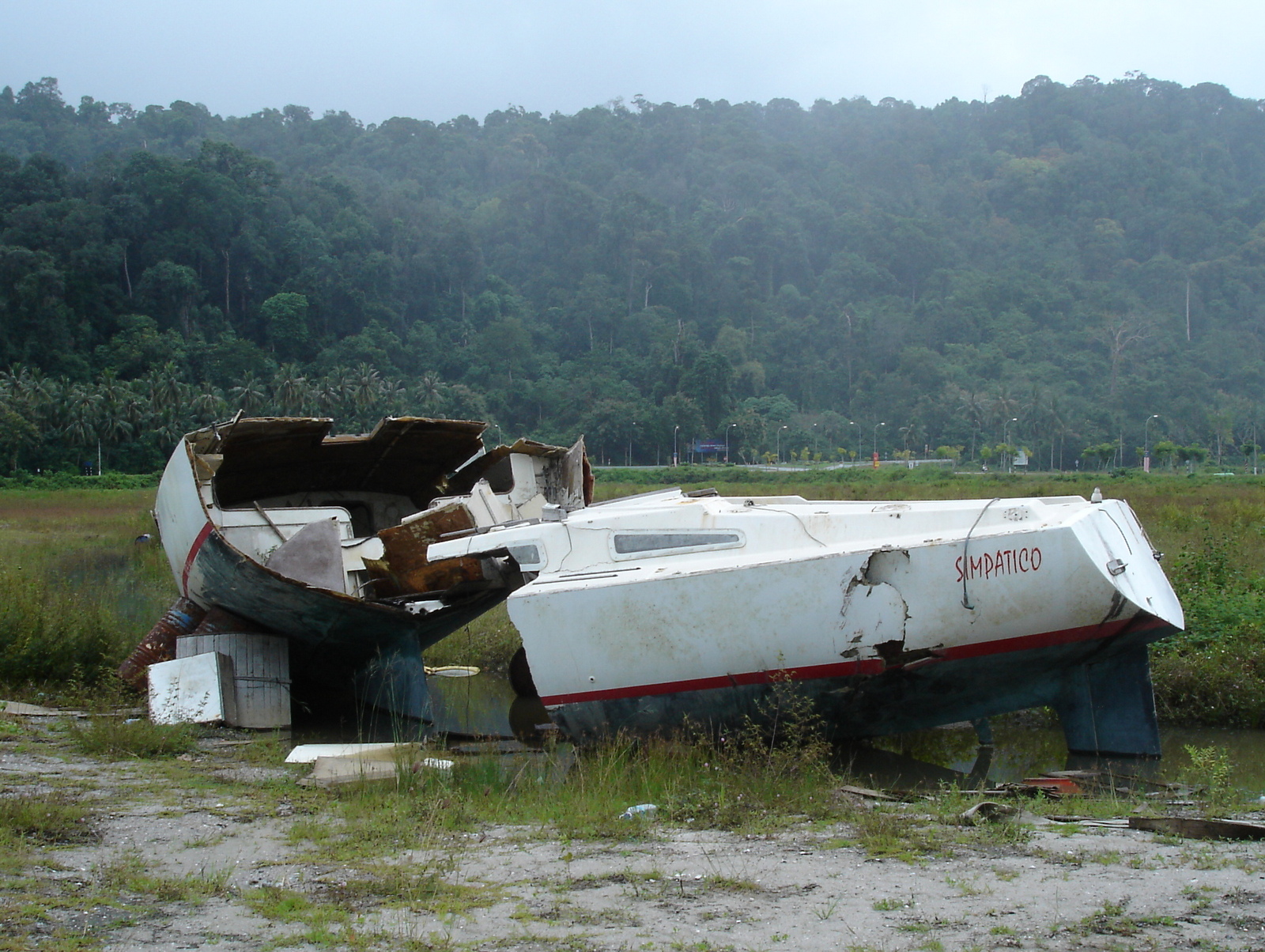
The unfortunate result of poor design and construction
This is not to say that converted racing yachts, or racer/cruisers cannot make good cruisers. Some do very well in both fields, while others are not particularly adept at either. There are lots of Bavarias, Beneteaus and Catalinas circumnavigating. There are also many old IOR racing yachts out there blue water cruising. They tend to have big volume and perform reasonably well, particularly upwind. If your plan is a wrong way or east-about circumnavigation, one of these may be ideal. On the other hand, most cruisers, being gentlemen, choose to go where the wind blows from abaft the beam.
Marketing hype, particularly with new yachts, should be considered questionable and carefully evaluated. I attended a boat show a number of years ago where a shiny new 40-something footer was featured as the “queen of the show.” It was being touted as a “passage making” boat. The lovely interior décor, attractive place settings on the dinette, a bowl of fresh fruit, bottle of wine, potted plants, and soft music on the stereo system gave it such a warm and homey feeling. Some unsuspecting souls may have succumbed to love at first sight, written the check and planned to sail off into the sunset. Most anyone who was consciously competent could have seen that it may have been suitable for a passage from its marina berth across San Francisco Bay and back, but that none of the six poshly appointed berths could function as a sea berth for extended offshore work or while sailing to weather on 15-20 degrees of heel. Since then, I’ve crossed wakes with a couple of owners of this particular make and model of yacht who were forced to make numerous expensive and time-consuming modifications before heading offshore again. What may look seaworthy and comfortable at the dock or on stands at a boat show may prove to be impractical when she’s heeling and being tossed about like a cocktail shaker in the middle of the ocean. On the other hand, if a yacht is well laid out and comfortable at sea, she will generally be quite nice to live aboard at a marina or in a calm anchorage.
At this point, depending on how realistic your individual buying criteria, you should have been able to find at least one, if not a few designs that will meet your needs within your budget. From here you can begin to inspect some individual yachts and make some decisions based upon age, condition, equipment and price. This may also be the point where you consider weather to purchase a new or previously cruised yacht.
Without engaging in a lengthy dialog about new versus used, as that is purely a matter of budget and personal preference, I will say I have purchased both, and been reasonably happy in both cases. There is absolutely nothing as gorgeous as a shiny new yacht just “out of the box,” kitted out with all the latest gear and gadgets, built to your own specifications. If you have the time and the budget, you can get it your way or darn close to it, and be the envy of everyone in the anchorage. On the other hand, one must be aware that from the day you sign the purchase agreement to the day your new pride and joy is launched can be a year or more. From launch day to the day you cut the lines and go cruising, a new yacht can take a few months to a year of time to fully commission and properly shake down. And don’t forget to add ten to twenty percent to the sail away price to fully outfit a new boat for cruising. Sail away really means not too far away and does not usually include gear like a tender, outboard, life raft and other gear and spare parts necessary for extended cruising. The other consideration is depreciation, which is usually the single largest (and least considered) expense in yacht ownership. Most yachts lose at least 50% of their value by their seventh birthday and then tend to level off depending on quality, condition and equipment.
Searching the market for available yachts is relatively easy these days. The Internet is a valuable tool for viewing what’s on offer with minimal effort. A good yacht broker can provide you with valuable advice and assistance in finding your yacht, but avoid anyone who may be just trying to flog what they have on their docks just so they can turn a quick commission. If he or she does not take the time to thoroughly interview you to understand your specific needs, and provide you with realistic options that address those needs within your price range, then let him prey on someone less astute than you. A good broker will generally get much of their work by referral so if you know someone who’s recently purchased a yacht, ask them about their broker.
When you start looking at previously owned yachts, avoid falling in love. Be absolutely ruthless, looking for every possible wart, fault or defect; anything that isn’t just quite right. Do your best to remain detached and a bit aloof. If the seller or broker senses you are in love, then he’s got you firmly by your checkbook. Strictly adhere to your need/want list. If you don’t, you will eventually regret it. Endeavor to make a rational decision based upon the facts, all the facts, and nothing but the facts. When you find the yacht that you think is right for you, make a low but reasonable offer, usually about ten percent below the asking price, depending on how realistic the seller has priced her. Remember, the seller will usually have a strong emotional attachment to his yacht, and/or an ego to protect, so an unreasonably low offer may be considered an insult and you may not even see a counter offer. That’s not to say that you can’t do some bottom fishing if you sniff out the need for an urgent liquidation, particularly in today’s market. If you’ve done your homework, you should know the approximate price range is for a particular design.
Any offer you make on a previously owned yacht must be conditional upon a satisfactory survey and sea trial or your deposit is to be refunded in full. Surveys and sea trials are, of course, at the buyer’s expense, so you should be pretty serious about your choice before you start investing in pre-purchase inspections. If for any reason you are not happy with either, you are off the hook and your deposit is to be refunded. Insist that the deposit be put into an escrow account of a reputable ship documentation agency or some other third party trust account. Never, ever give your deposit money directly to an owner or his agent/broker.
When you’ve agreed upon a price with the seller and you’ve both signed on the dotted line, it’s still not time to fall in love. You’ve got a lot more work to do, work that shouldn’t be clouded in emotion. I suggest you start with the sea trial, to save the cost of a survey should you discover a glaring problem or if you are not happy with any aspect of the yacht.
Even if you are comfortable with your abilities and level of knowledge, I would suggest you take someone along on the sea trial that is also knowledgeable about yachts, someone who can be brutally honest and won’t be afraid to tell you every reason in the world why not to purchase this particular yacht, if there are any. This will help even the odds, because the broker and/or owner will be there telling you every reason in the world why you should buy the yacht, while trying to minimize the negative aspects or faults that you may discover. In the worst case, you’ll get a second opinion, and in the best case, the person may prevent you from being blind-sided by your emotions.
A sea trial is no time to be a passenger. Give the yacht a thorough, hands-on going over. Handle the sails; hoist and lower, furl and unfurl, reef and shake out reefs. Try every piece of gear and test every system. Turn on everything that has a button, switch or knob and make sure it is working properly. Determine if the yacht’s systems appear to work in harmony with each other. Tack, gybe, and heave to. Motor sail and simulate motoring in tight quarters, both in forward and reverse. Determine if you be able to dock her easily, when you are tired after a long passage and your partner is down below sick. Go below in all conditions to see what she feels like under way. Make sure you move freely about the decks, cabin and cockpit, especially when she’s heeled over. Determine that you can cook, eat, use the head, navigate, relax and find a comfortable berth to sleep in on both tacks/gybes, while going to weather or in a following sea. Ask yourself if you can live with this for many days at sea and months or years otherwise. If not, can you alter or improve anything you don’t like? At what cost? Can you learn to live with the things you absolutely can’t change? After the sea trial, take time to pause and reflect. List all the positives and negatives in two columns on a balance sheet and see how she adds up. If the positives don’t far outweigh the negatives, its time to jump ship. If she passes the sea trial and you think you are falling in love, wait! Not yet! You’ve still got a bit more work to do.
Get the nastiest, pickiest, most pedantic, yet reputable marine surveyor you can possibly find to perform a full out-of-the-water survey. After the yard pressure washes the hull, have them spray the decks and topsides as well, so you can see where (not if) and how badly she leaks. Make sure your surveyor plans to inspect every square inch of the boat, open every locker, look behind every inspection plate and under every floor board for something that will try to rob you of your hard-earned cruising kitty, if not your personal safety. The hull and appendages should be checked for moisture content, blistering, delamination and corrosion. A good survey should include a complete inventory of the gear on board. Unless the seller makes specific written exceptions, this should all still be there after you take ownership. Don’t allow yourself to get ripped off!
Never, ever, even think about using a surveyor recommended to you by a yacht broker. They might as well be on the broker’s payroll and are of absolutely no use to you, regardless of their credentials. If the broker shakes his head in disgust when he sees the surveyor you’ve chosen, you’ve probably selected the right guy. If you don’t know of a good surveyor, your marine insurance agent can probably recommend a few to you. If the surveyor you choose is any good at all, they will save you more money than what they charged you for the survey unless you have chosen a boat owned by an obsessive/compulsive, anal retentive, maintenance freak You should be so lucky!
If the hull surveyor doesn’t go aloft to inspect the rig, find a rigger who will. Ask the seller to provide evidence (receipts or logs) of the age of the standing rigging. Rigging that is more than ten years old should be considered suspect and in some cases may nullify insurance for the rig if it fails. Appoint a qualified mechanic or engine surveyor to thoroughly check out the engine and genset, if one is installed. This should always include a compression test of all cylinders and a metallurgical analysis of engine and transmission lubricants so you can get an idea of what money-sucking gremlins may be lurking inside those greasy crankcases. Hoist or unfold every sail and have a good look at each one, or better yet, have a sailmaker inspect and rate them for you and estimate how long it will be before they have to be re-cut or replaced. Ask yourself if the sail inventory will suit your particular cruising plans. If not, find out how much dough you have to spend to get the wardrobe up to snuff. Ask to see the yacht’s maintenance logs or receipts showing what sort of care has been taken of the yacht and her systems.
If you plan to go offshore, it’s not a bad idea to buy a yacht that meets Category I Offshore requirements. This may be mandatory for entry to most passage races and some cruising rallies, not to mention insurance coverage. This may cost you a bit more, but at least you will know that the yacht is designed and built for the intended purpose of offshore sailing.
This sounds like a lot of work and expense, but anything you miss here will come back to rob of your leisure time and/or cruising kitty later on, probably when you least expect or can afford it. At the end of it all, don’t be afraid to walk away from a yacht that has significant flaws or defects, or one that will blow your budget to properly outfit and get into the condition you desire. Consider the survey cost as cheap insurance and/or a learning experience, and move on. It won’t be difficult if you’ve not fallen in love. Whatever you do, don’t throw bad money after good and let your emotions get in the way of a rational decision.
Armed with survey reports that list every possible defect, every loose wire, leaky thru-hull fitting, blister, patch of dry rot, oil leak and rusty hose clamp, you then obtain estimates to repair or replace everything that isn’t just quite right, aside from normal wear and tear for a yacht of its vintage. Now its time to go back to the bargaining table. The seller is already dreaming of the second happiest day in a yacht owner’s life, and may have already spending the proceeds of the sale, so the last thing he wants is for the deal to fall over. Respectfully request that any defects be corrected or the purchase price be adjusted to cover such costs.
If something is wrong, and the seller is willing to fix it to make you happy, great. That said, I would avoid trusting the seller to take responsibility for any major or complicated repairs, as they will invariably fall in to the incompetent and greedy hands of the lowest bidder he can find. It may be better to accept an adjustment to the purchase price and get someone you know and trust to do the work, or else do it yourself. If the engine is old and tired, perhaps you may want to take the repair money and put it towards a more powerful and reliable new one before you set off cruising to remote places where you can’t easily obtain spare parts or repairs.
This final negotiation phase may require patience and compromise. You are not likely to get an adjustment or reimbursement for every fault. Look at the deal and see if it still makes sense rationally before you sign off. If it is a lot of money, be prepared to walk away from the deal. Remember, the most powerful tool in the art of negotiation is the word no. But if it is a relatively small number, consider it in terms of the length of time you plan to own the boat. If the yacht meets all your “must haves” and most of your “nice to haves” and is relatively sound, don’t walk away from it for what may amount to beer money over the next five or ten years. Sign on the bottom line and get on with your cruising plans.
By the time you’ve gotten your new (perhaps to you anyway) yacht back to the marina, you are no doubt beginning what you hope to be a long and happy love affair. But remember, love is expensive. I was offered an excellent piece of advice by Jeff Erdmann of Bollman Yachts, after I bought my yacht Moonshadow through him sixteen years ago. He advised me to resist the urge to spend too much money and make too many changes until I had lived aboard, cruised her for awhile and gotten to know her. That’s not to say one should go off half-baked, but just make only the repairs and changes that are absolutely necessary to cut the lines and safely get away. That’s why you bought a cruising boat, isn’t it?
I can tell you countless stories of people I’ve met over the years who are hopelessly trapped in their home port marina. I call them dock potatoes. They procrastinate about leaving next season. They rarely if ever sail their boats and spend years preparing them, trying to get it all just right before they go. More and more gear is added while the bottom paint is raised an inch or two at every haul out. They are wasting precious years of their lives that could have spent cruising in beautiful and exotic places, while doing some of the necessary projects along the way. One must accept the fact that no yacht is ever going to be 100% ready and that cruising is nothing more than extensive repair and maintenance in beautiful and exotic places. Just aim to make her seaworthy and worry about the minor details later. After a few months and a few thousand miles, your perspective on what needs to be done is likely to change. Seeya out on the blue hiway!

